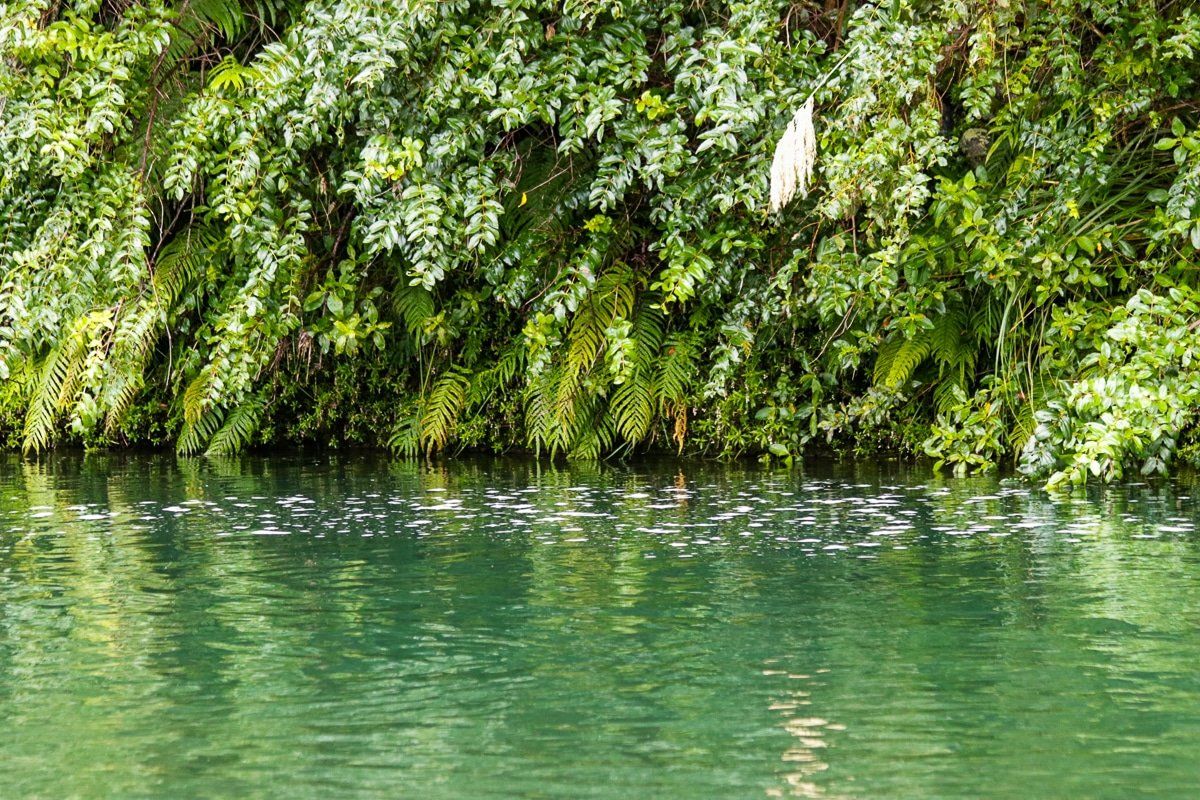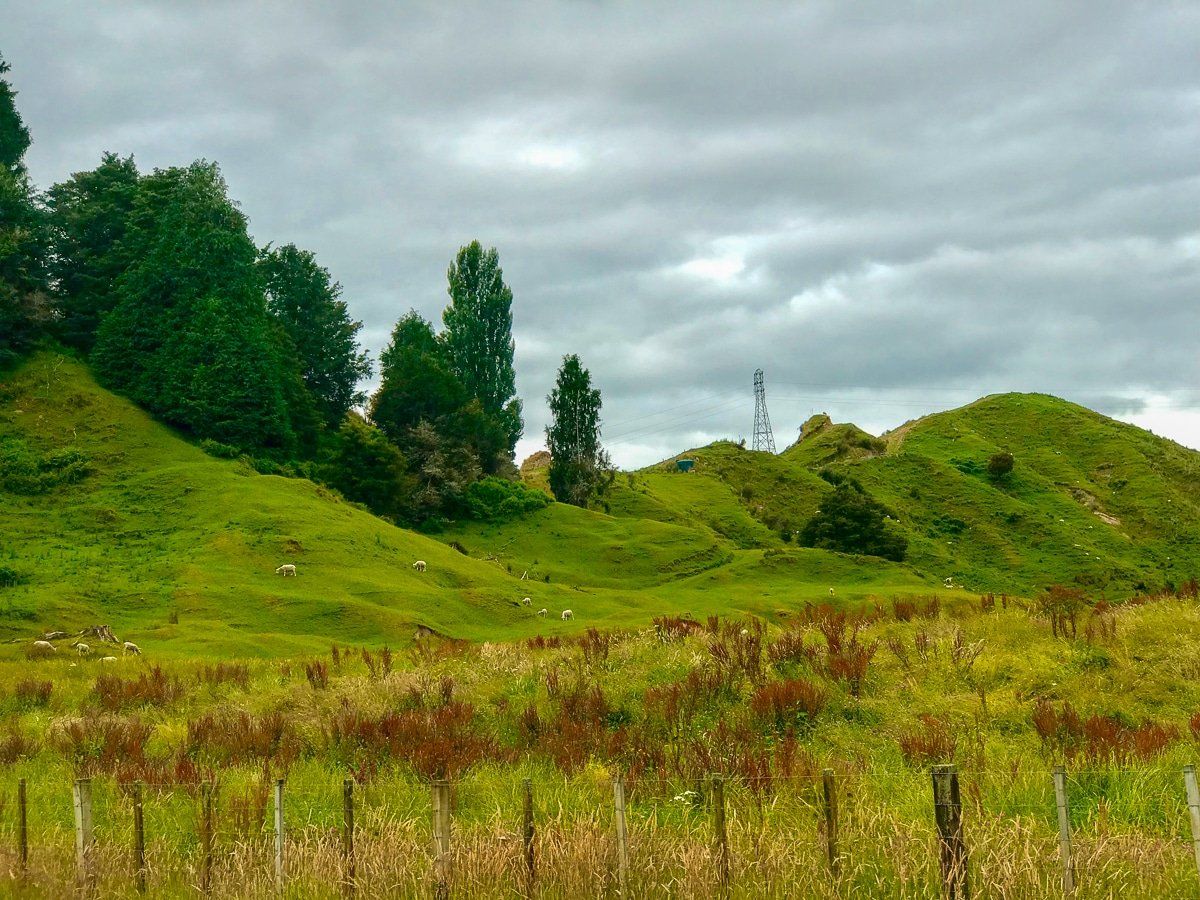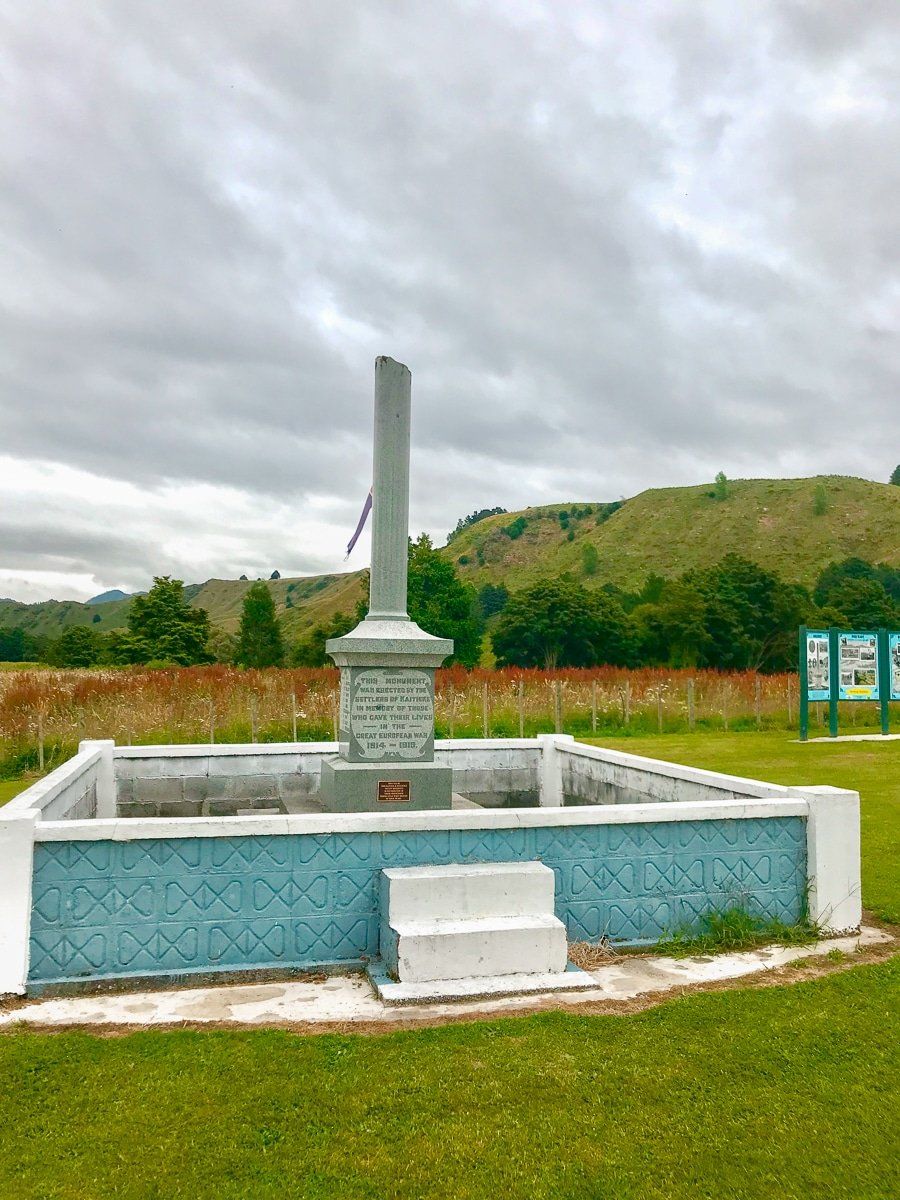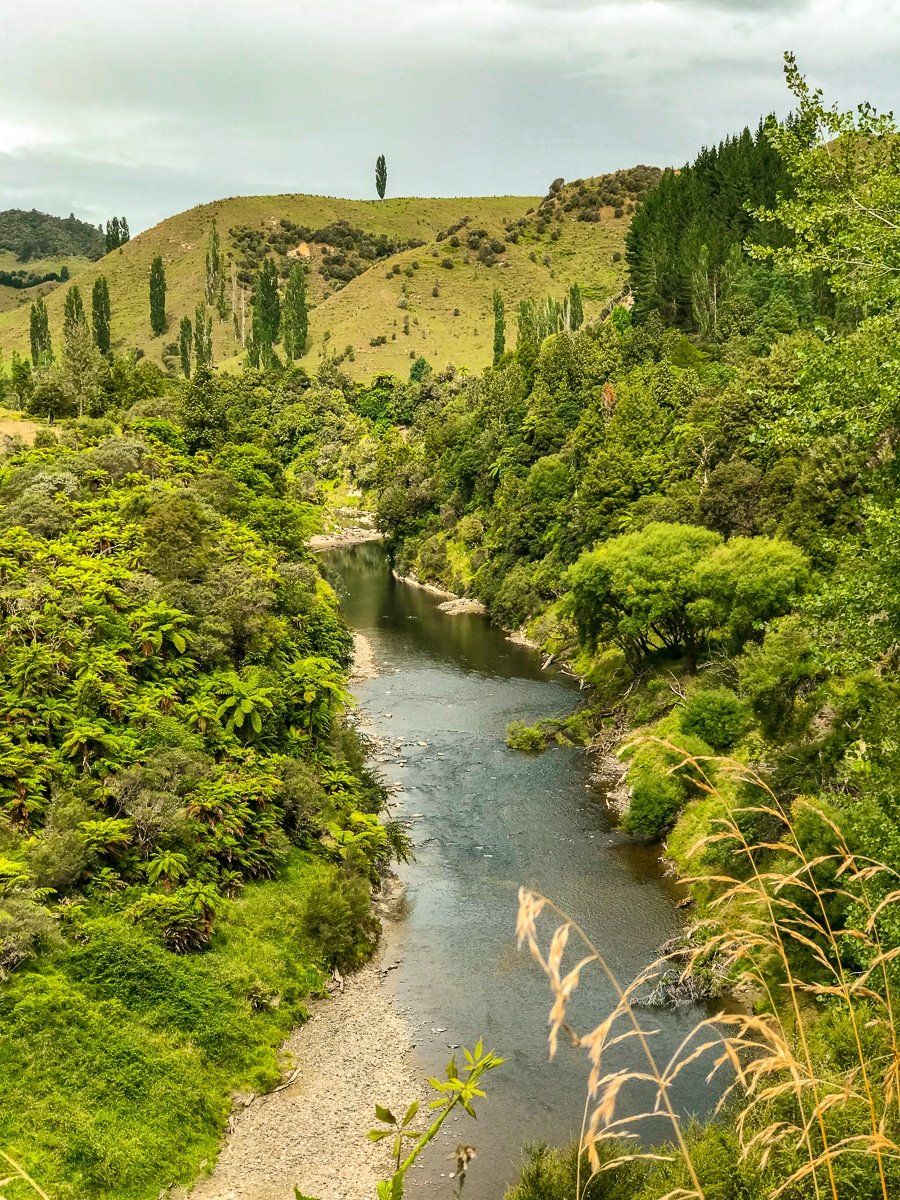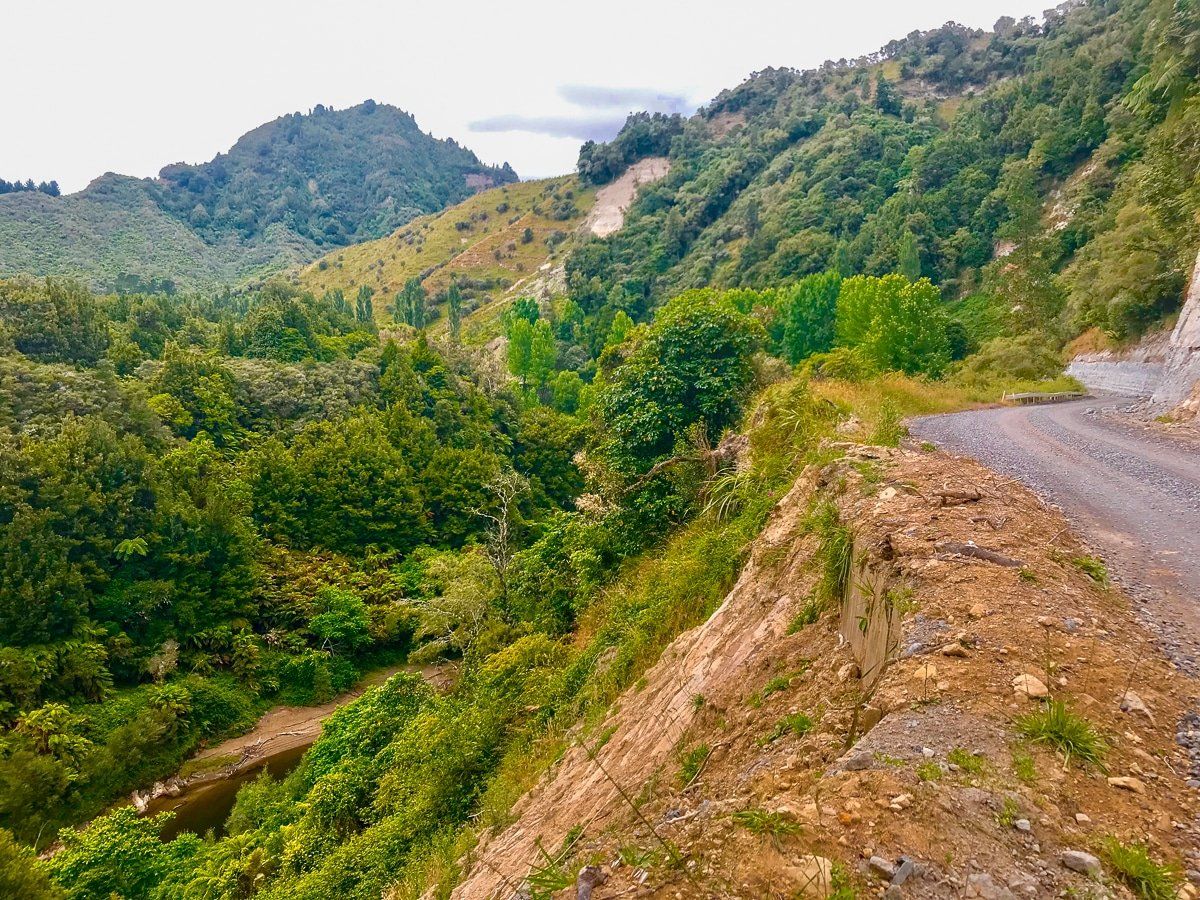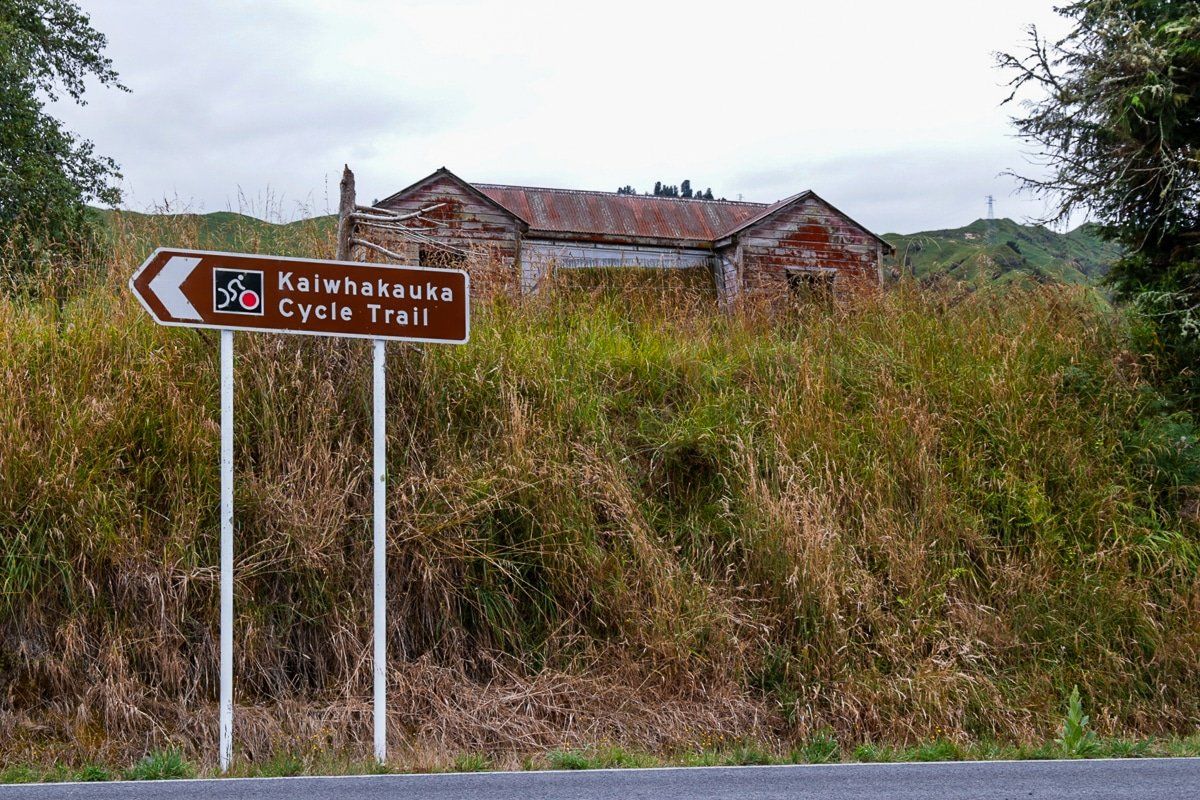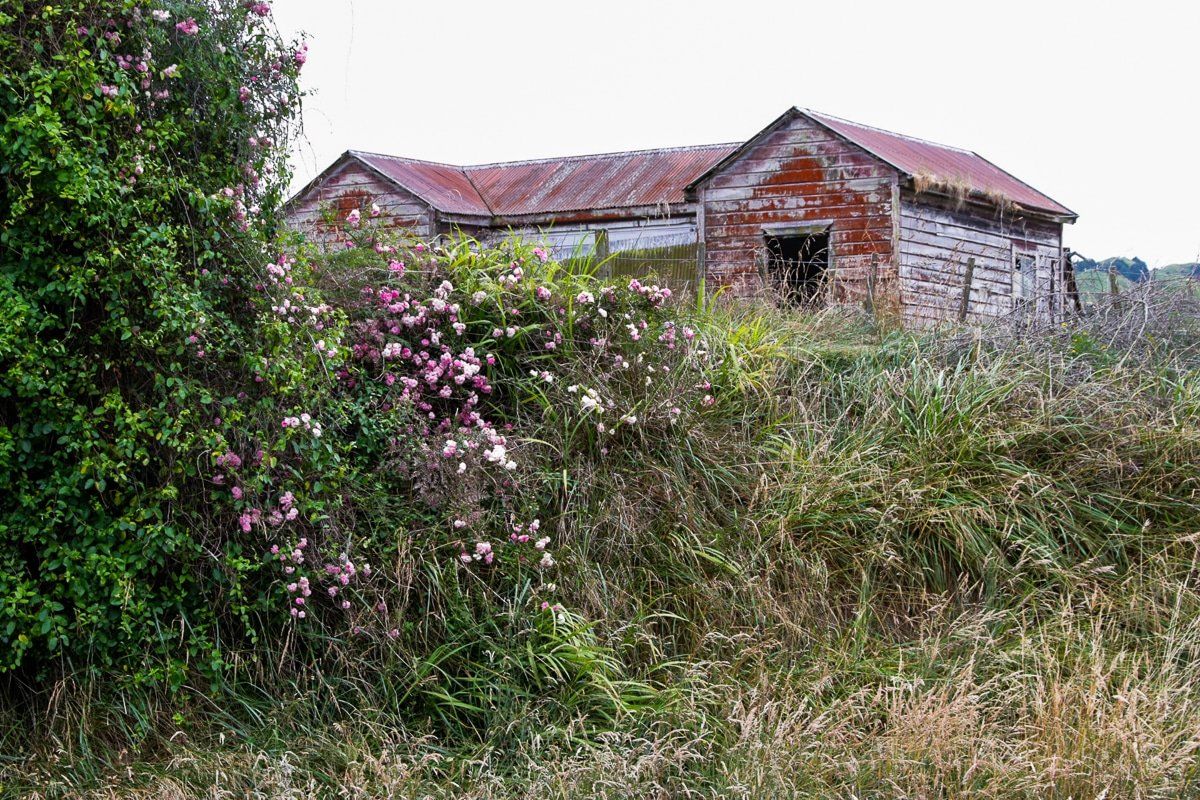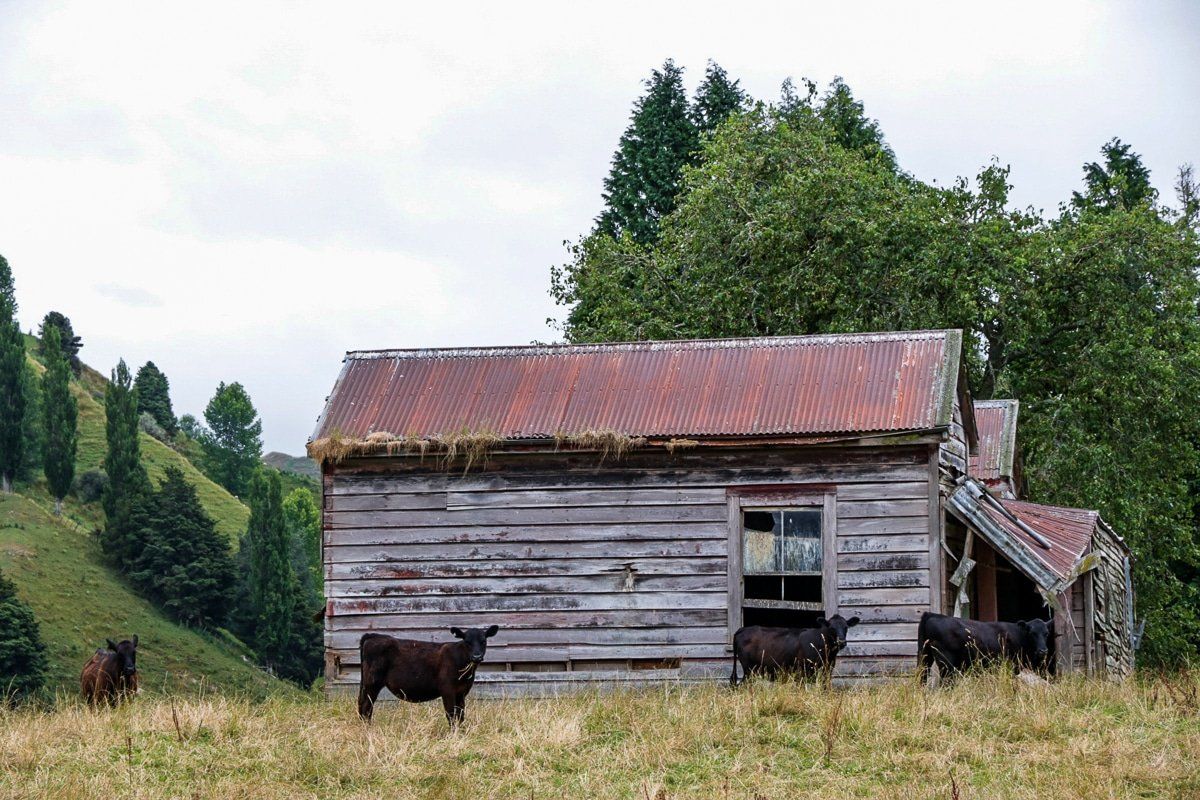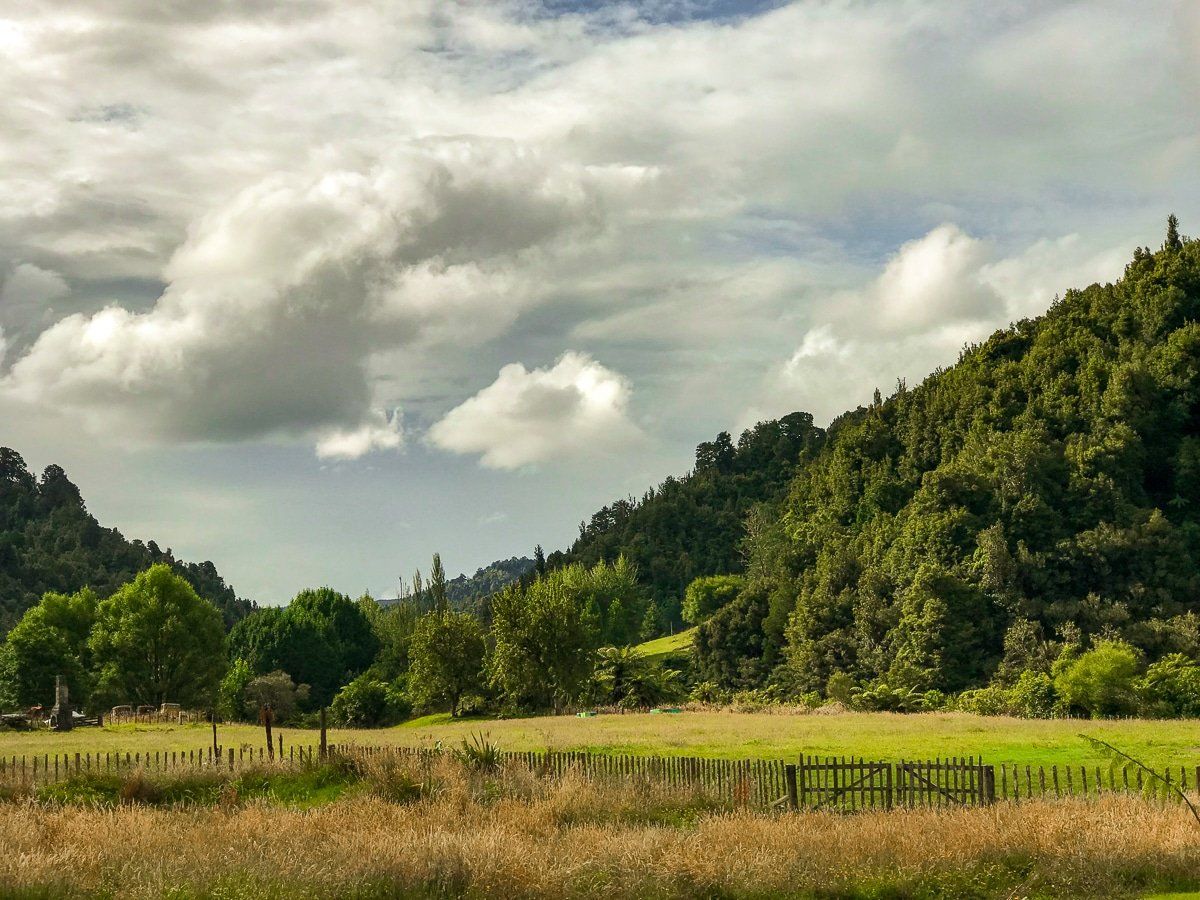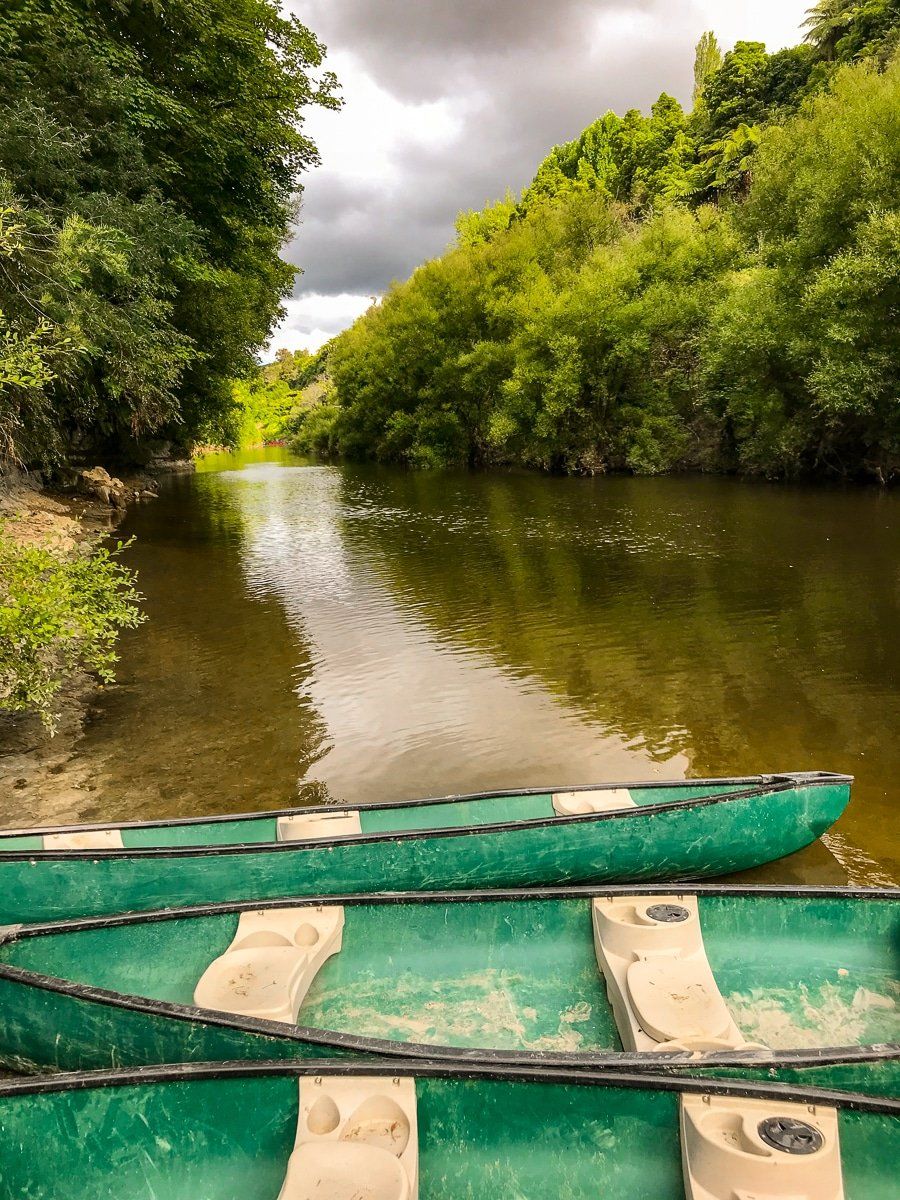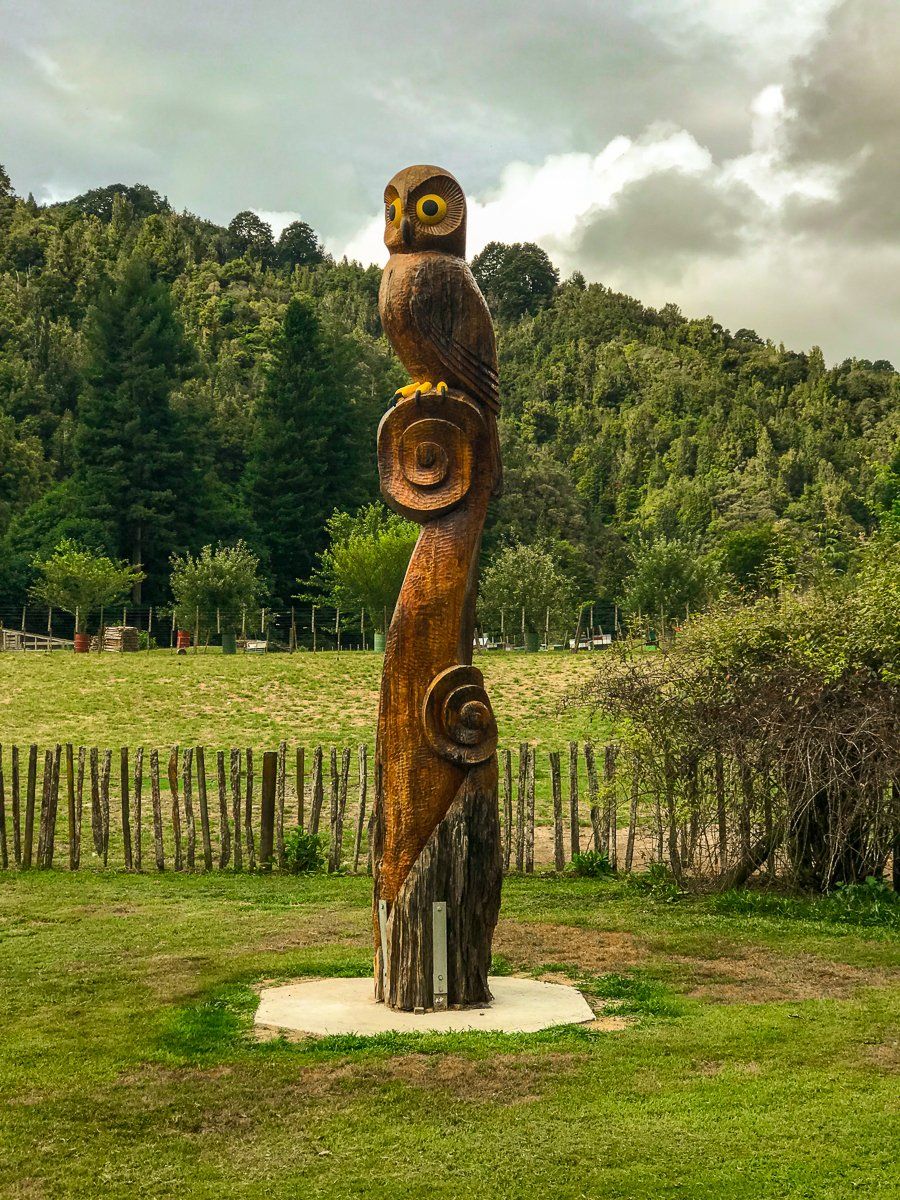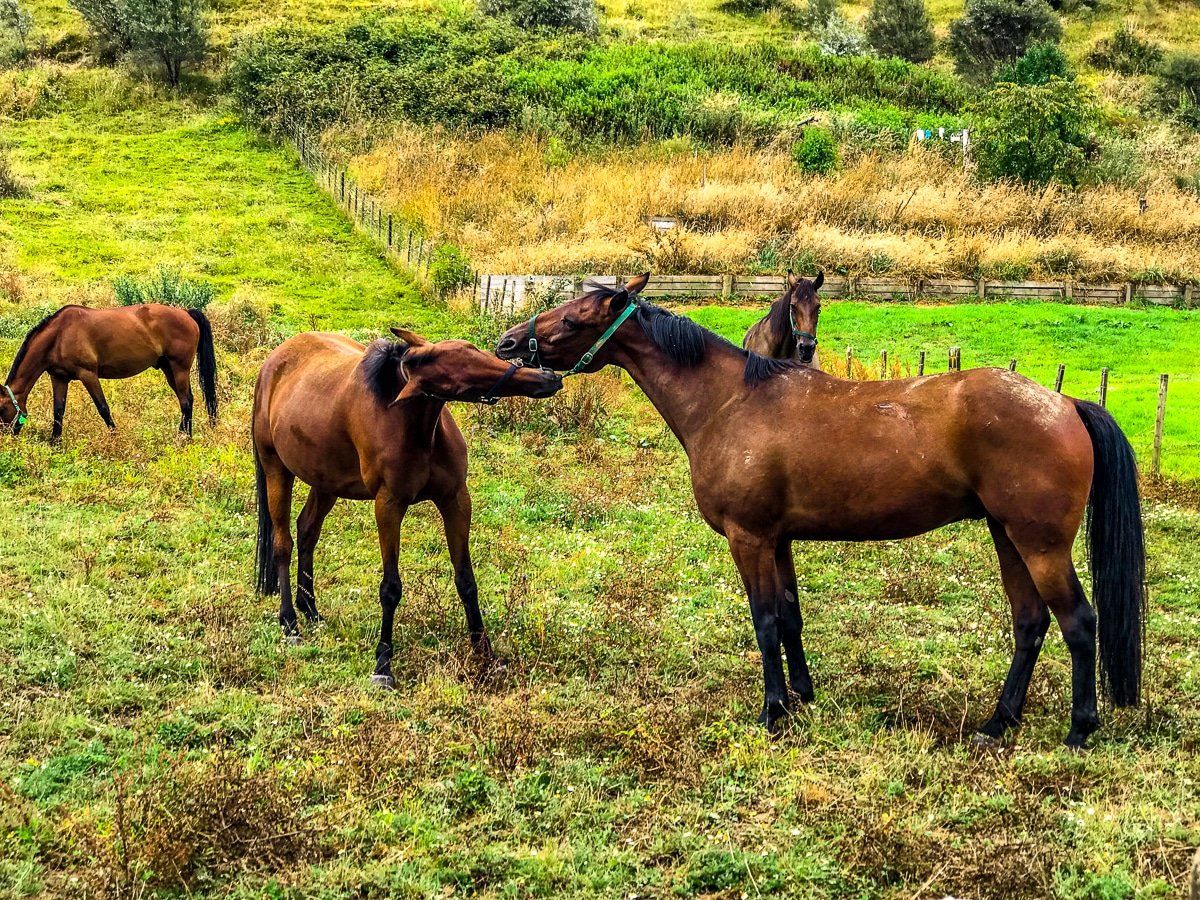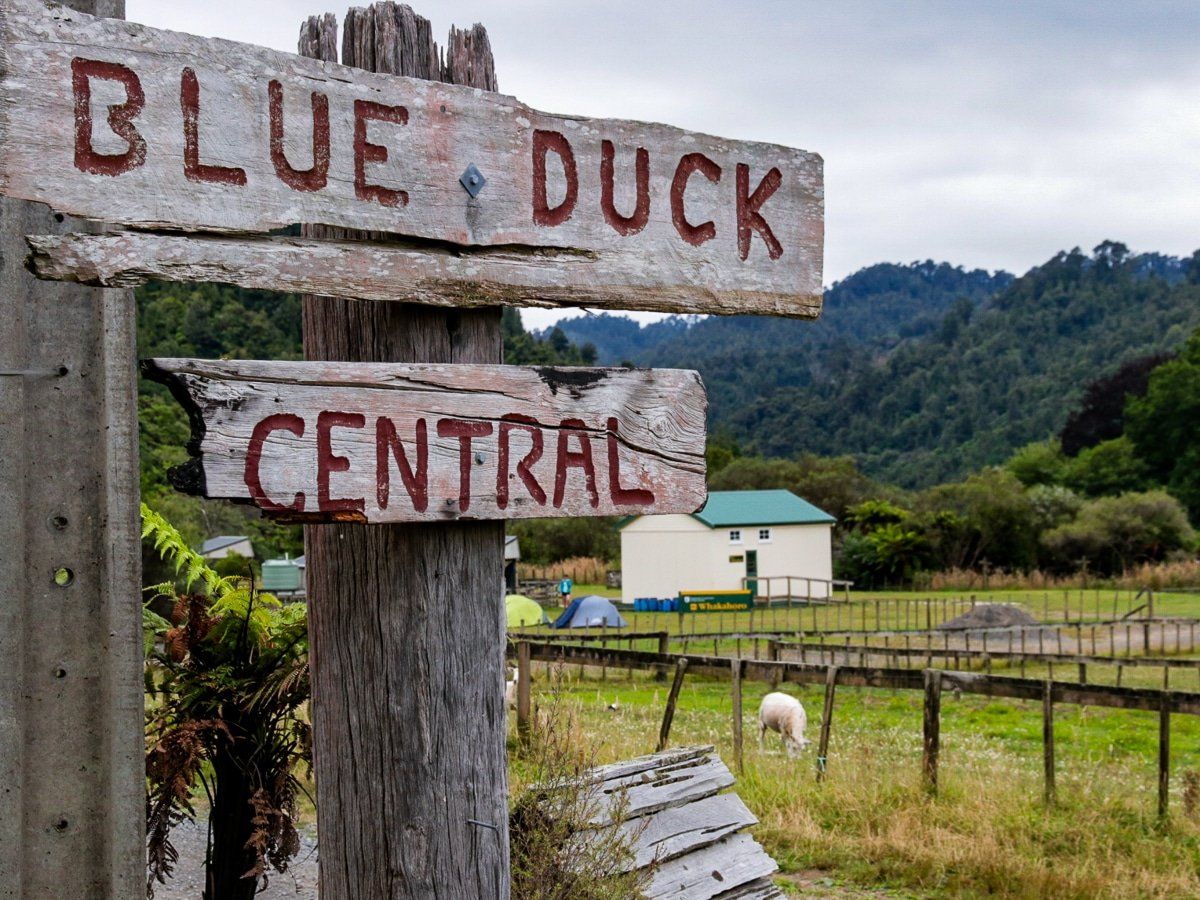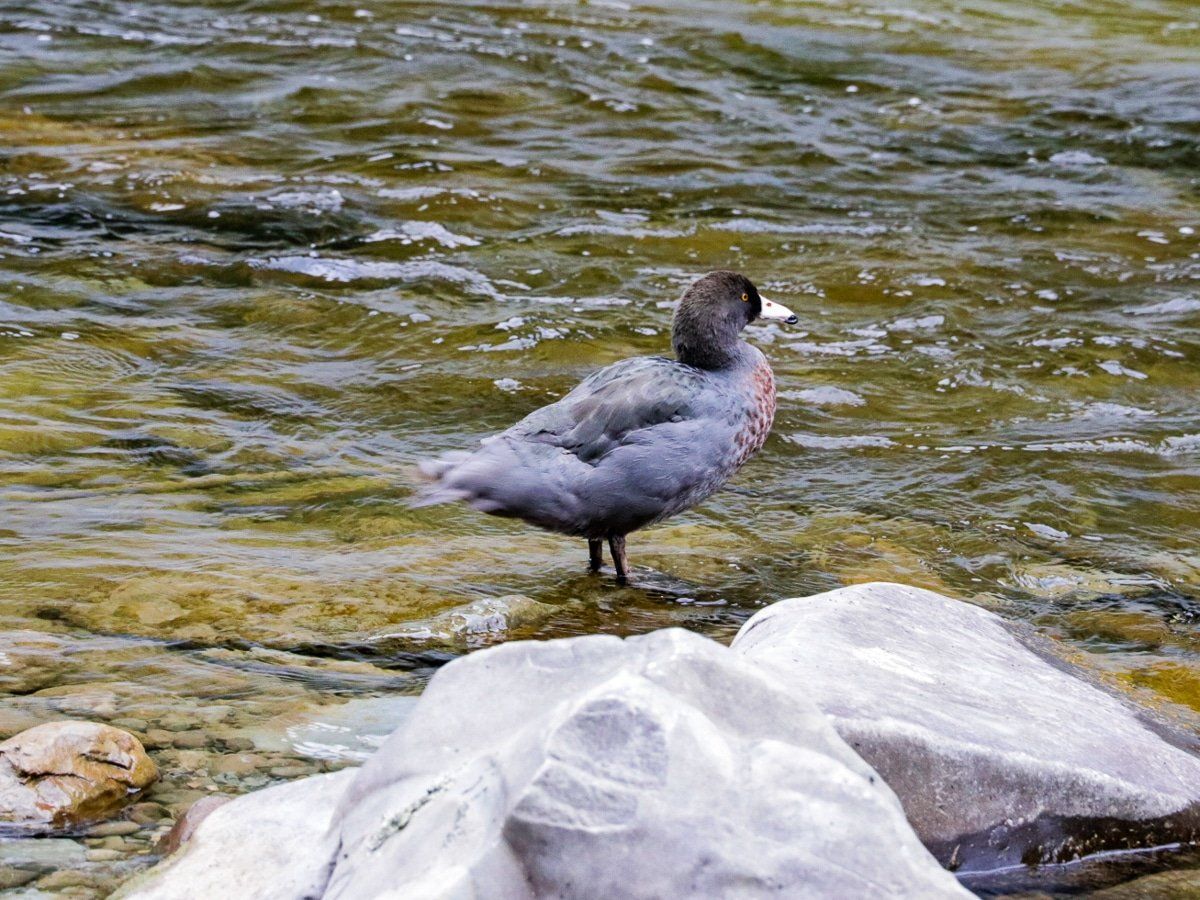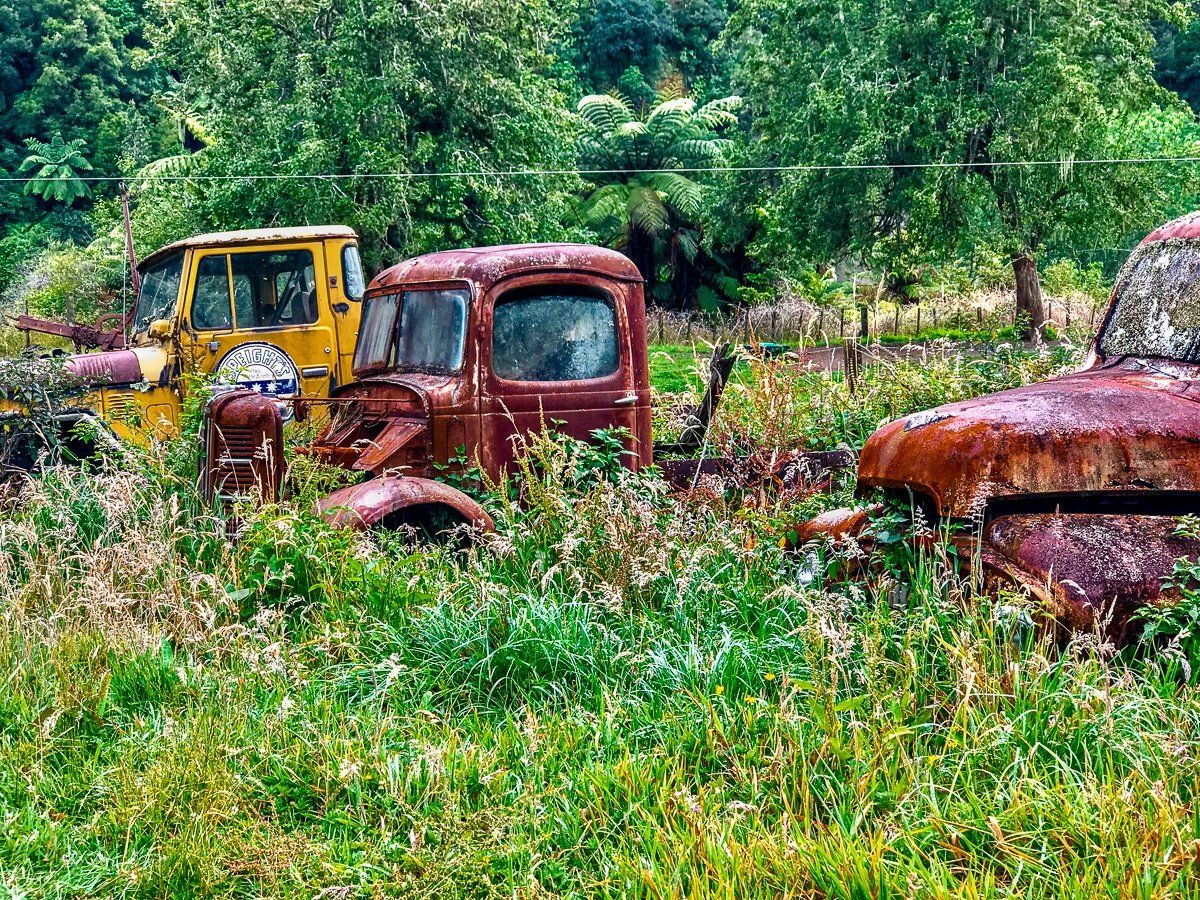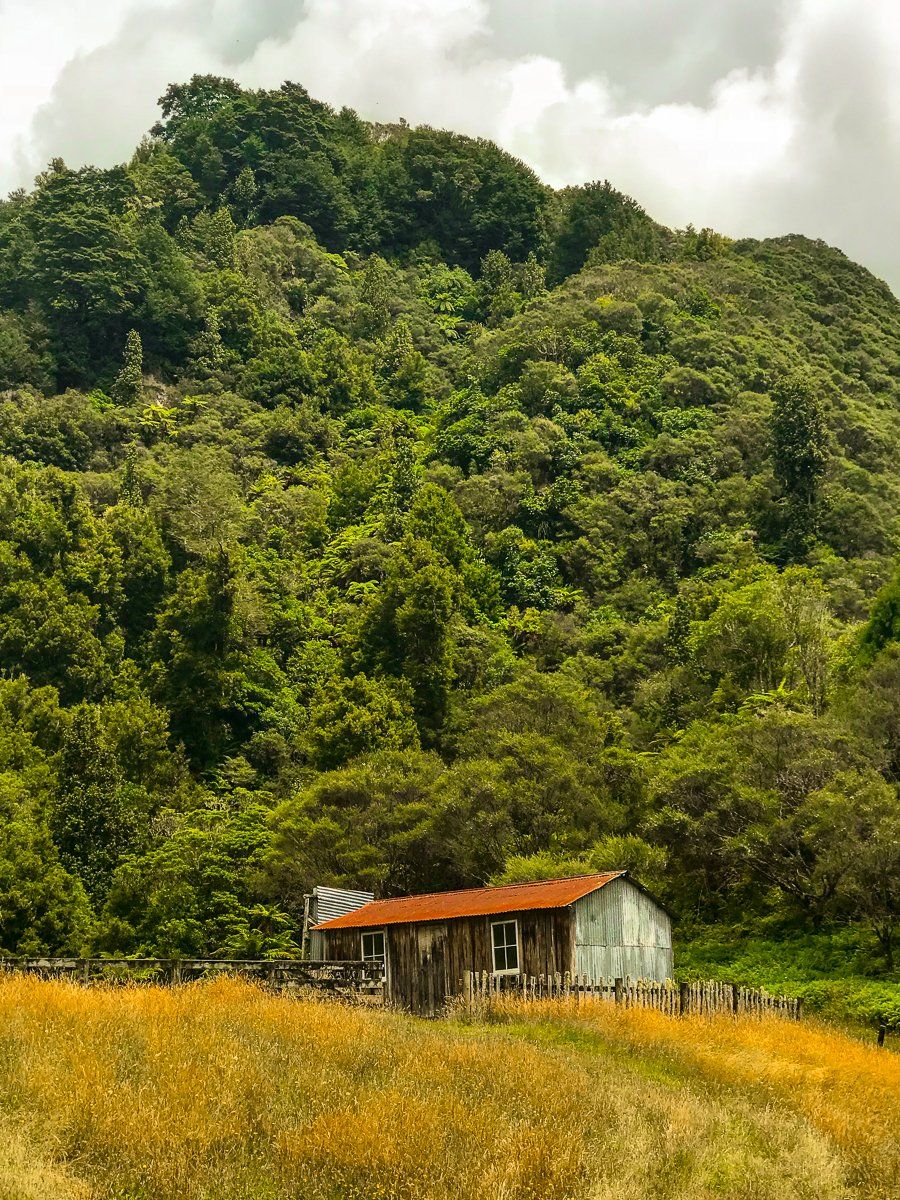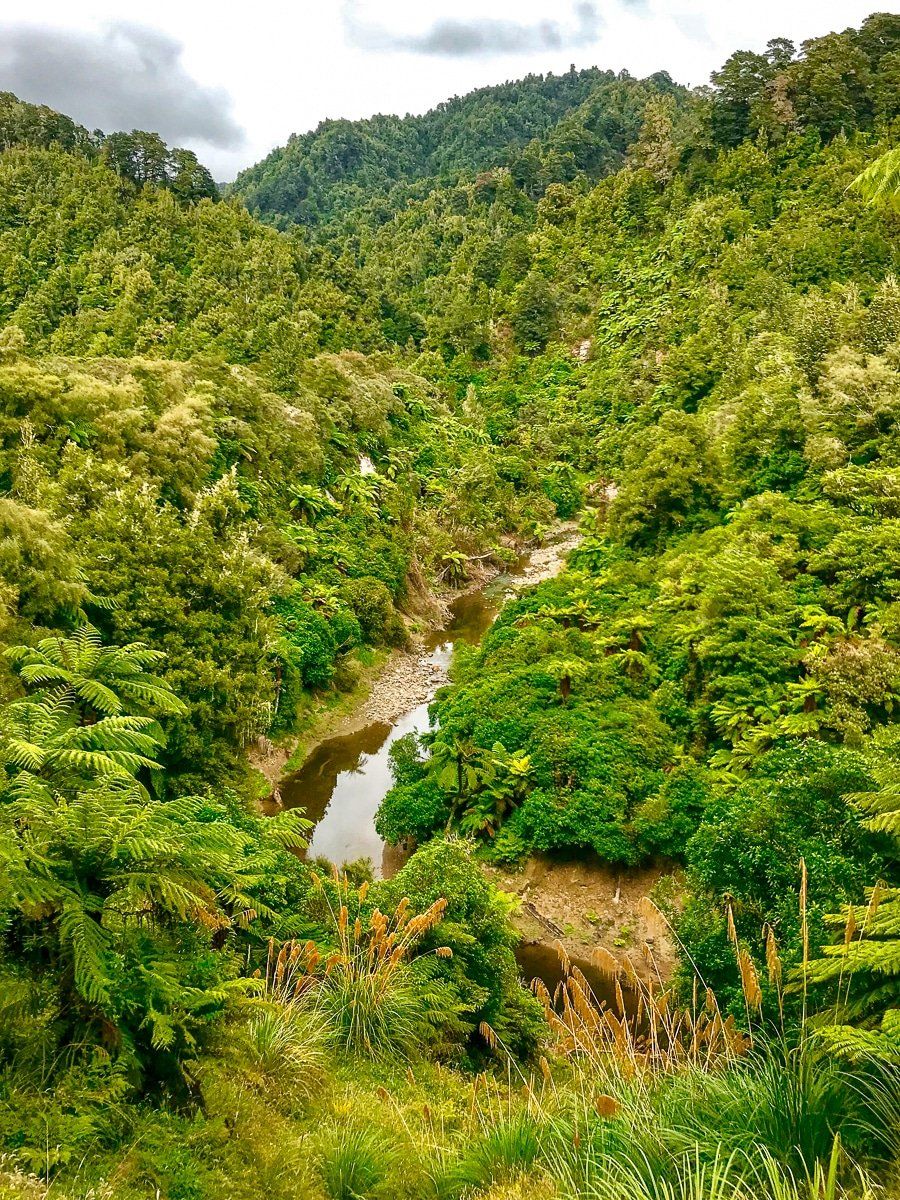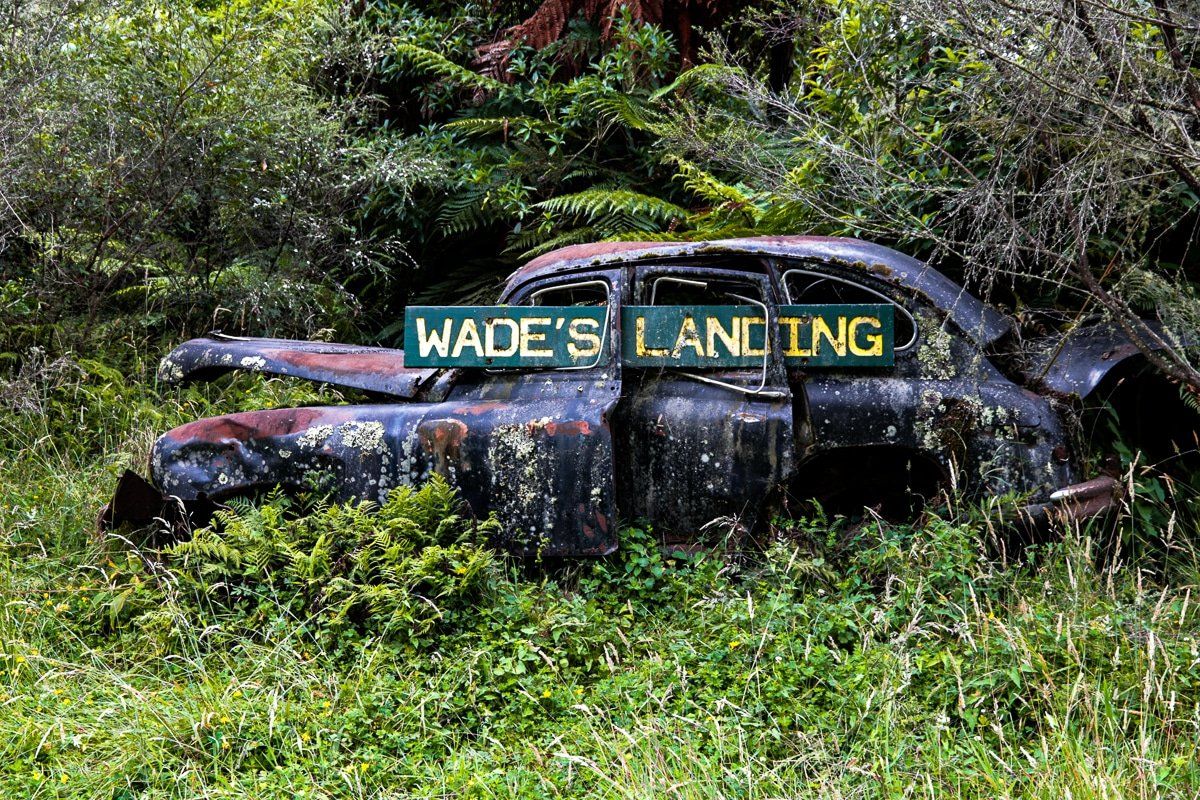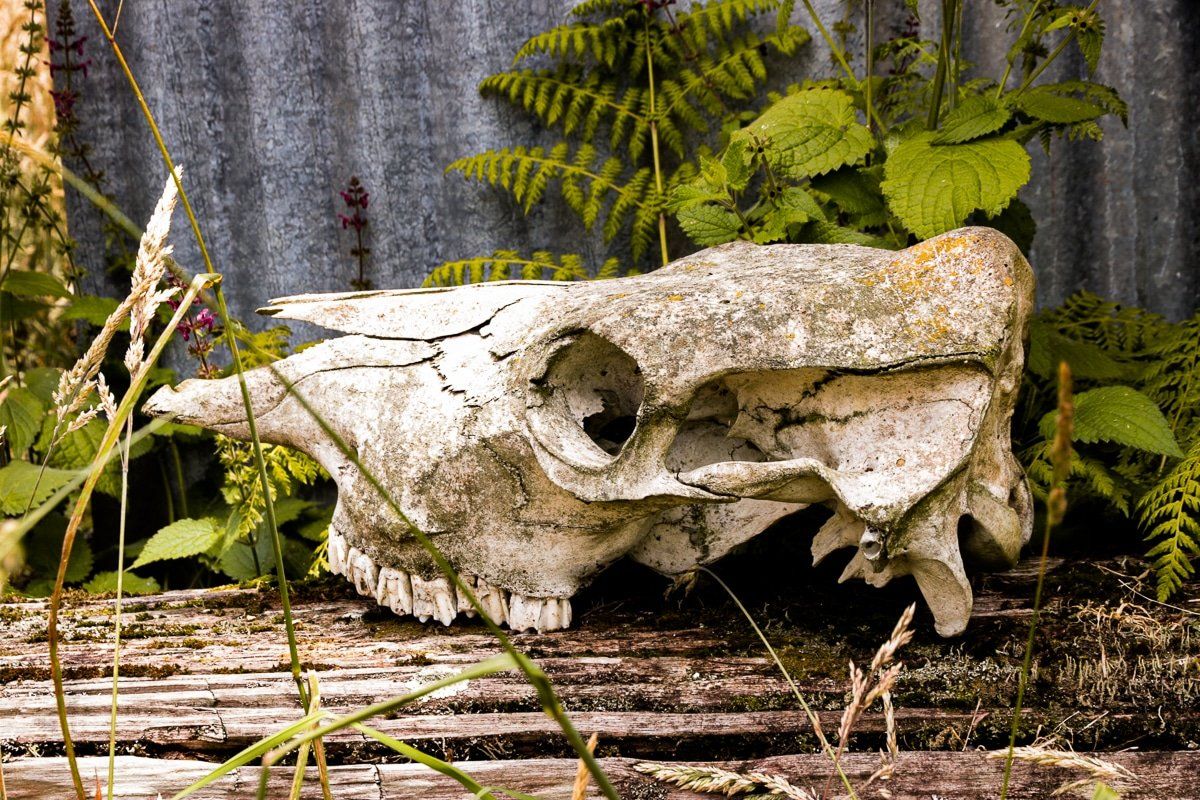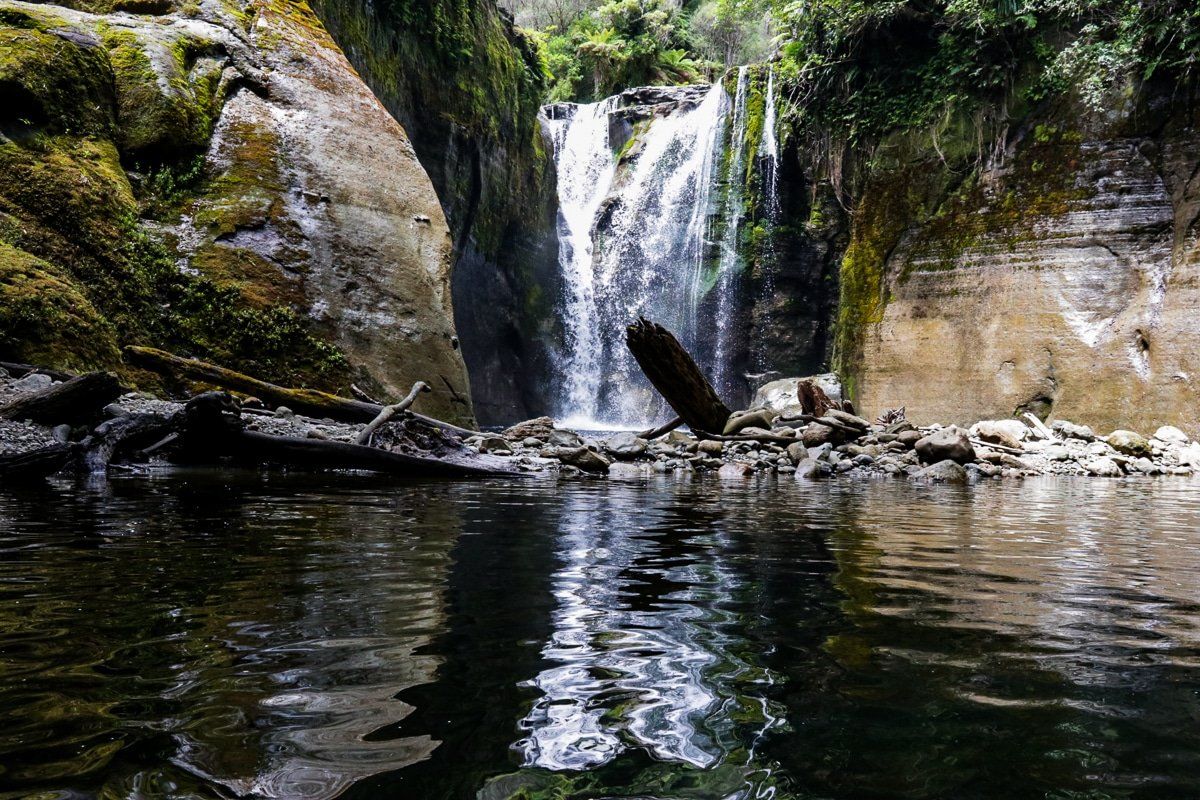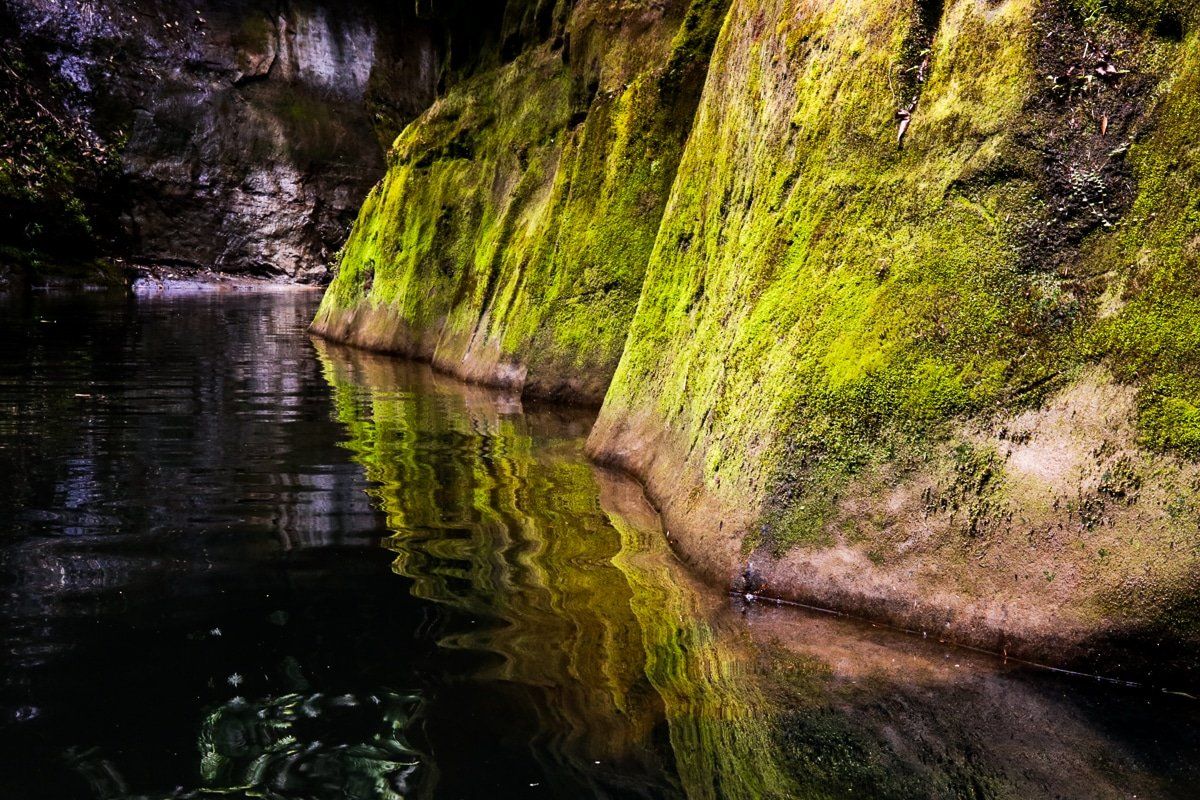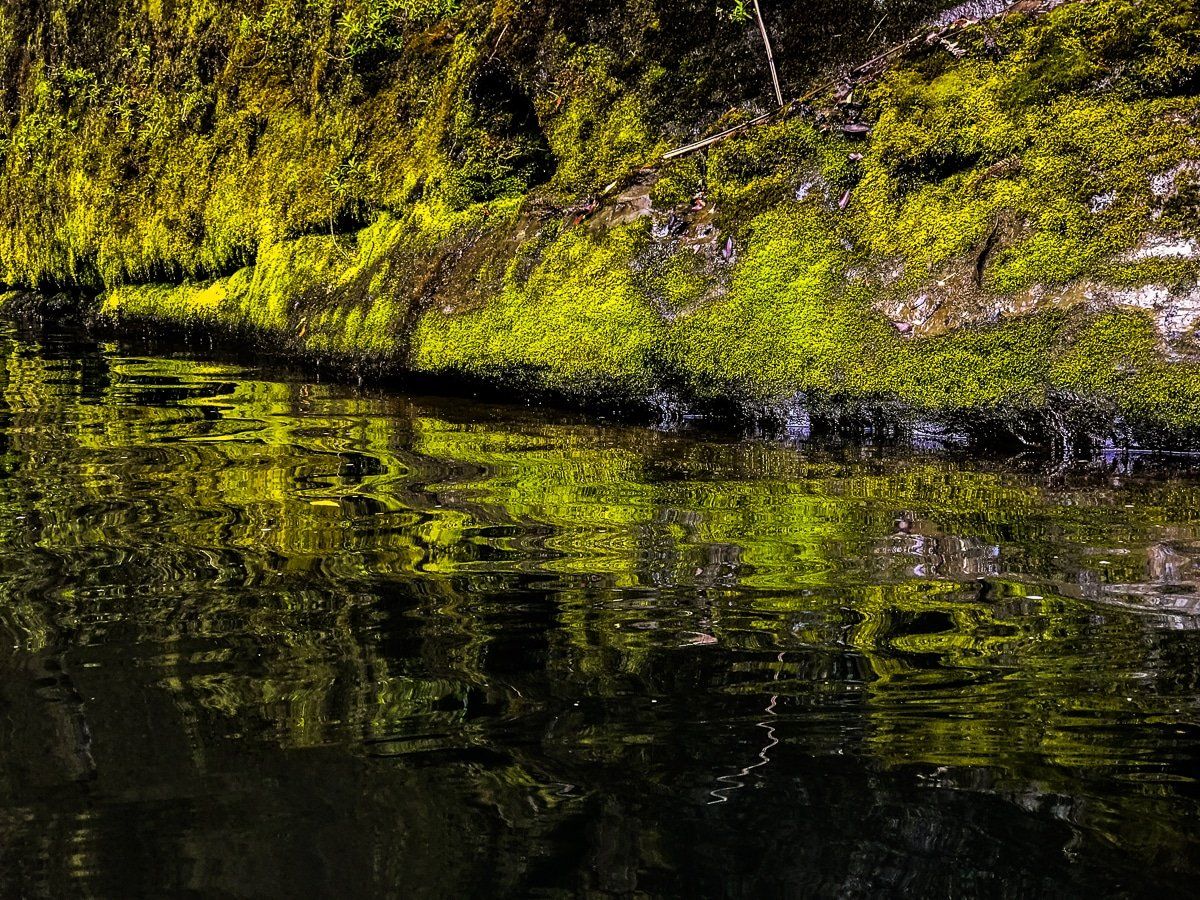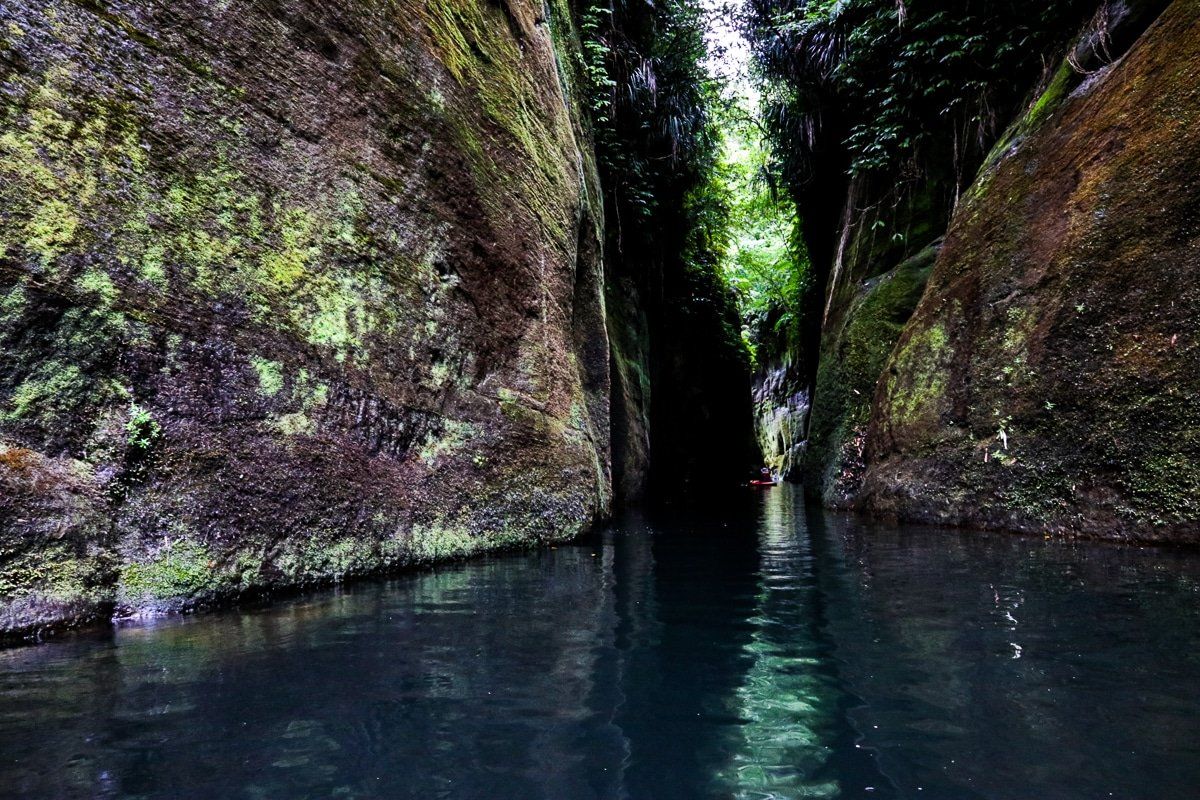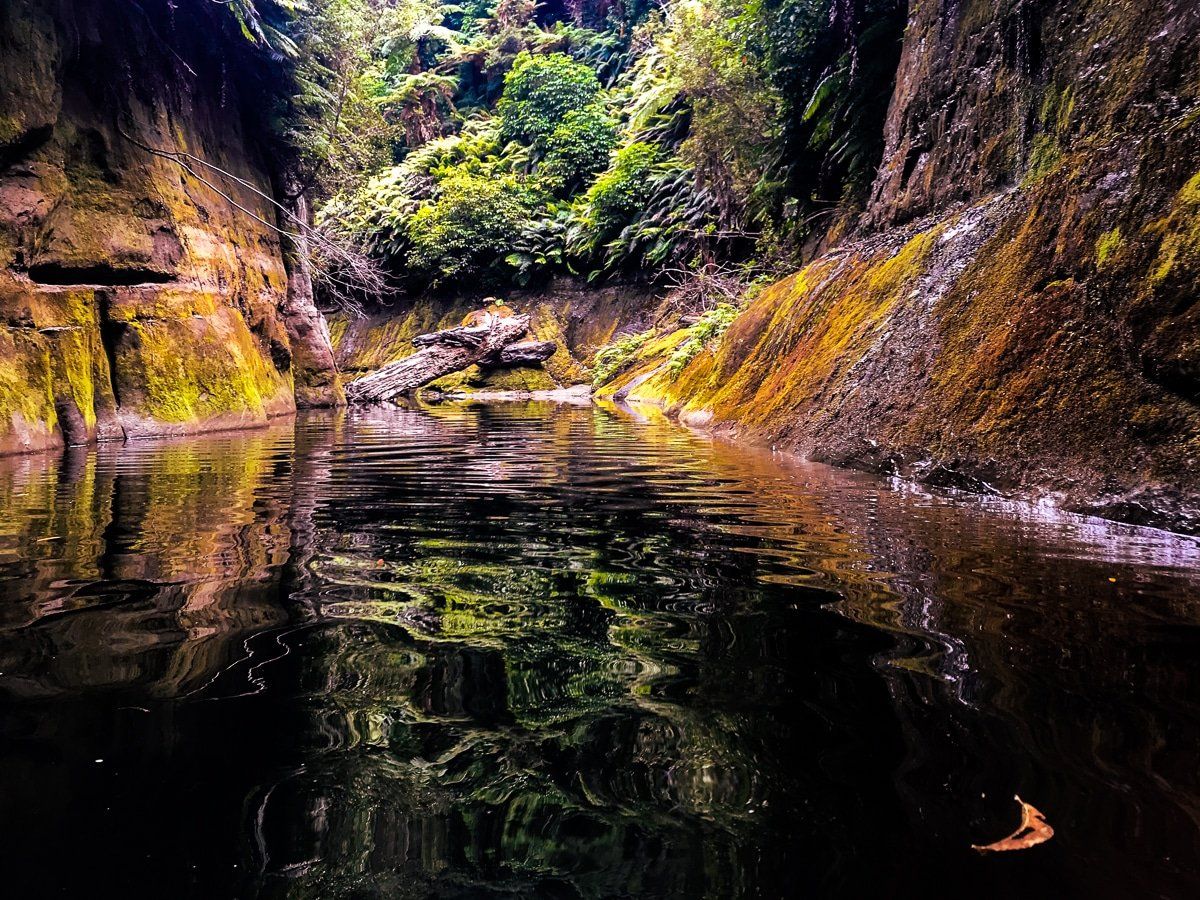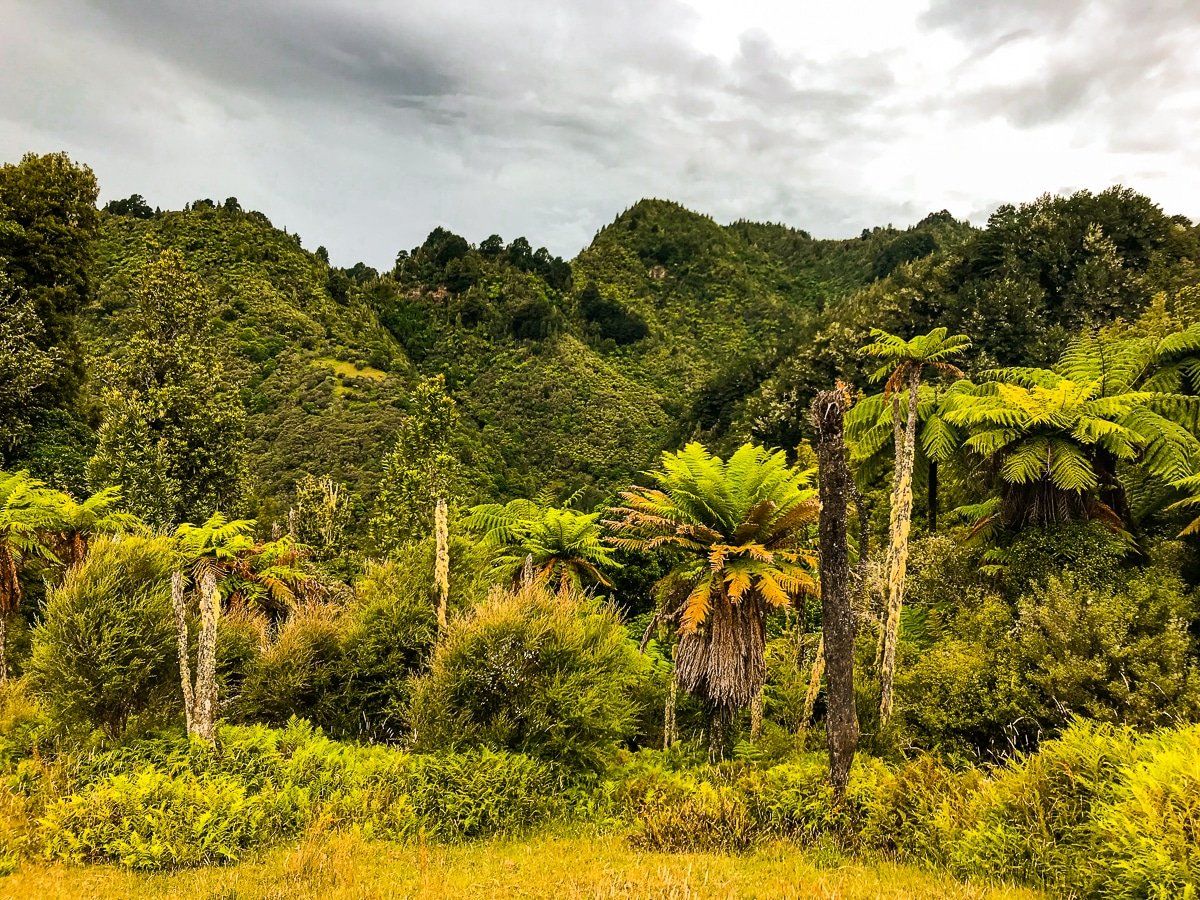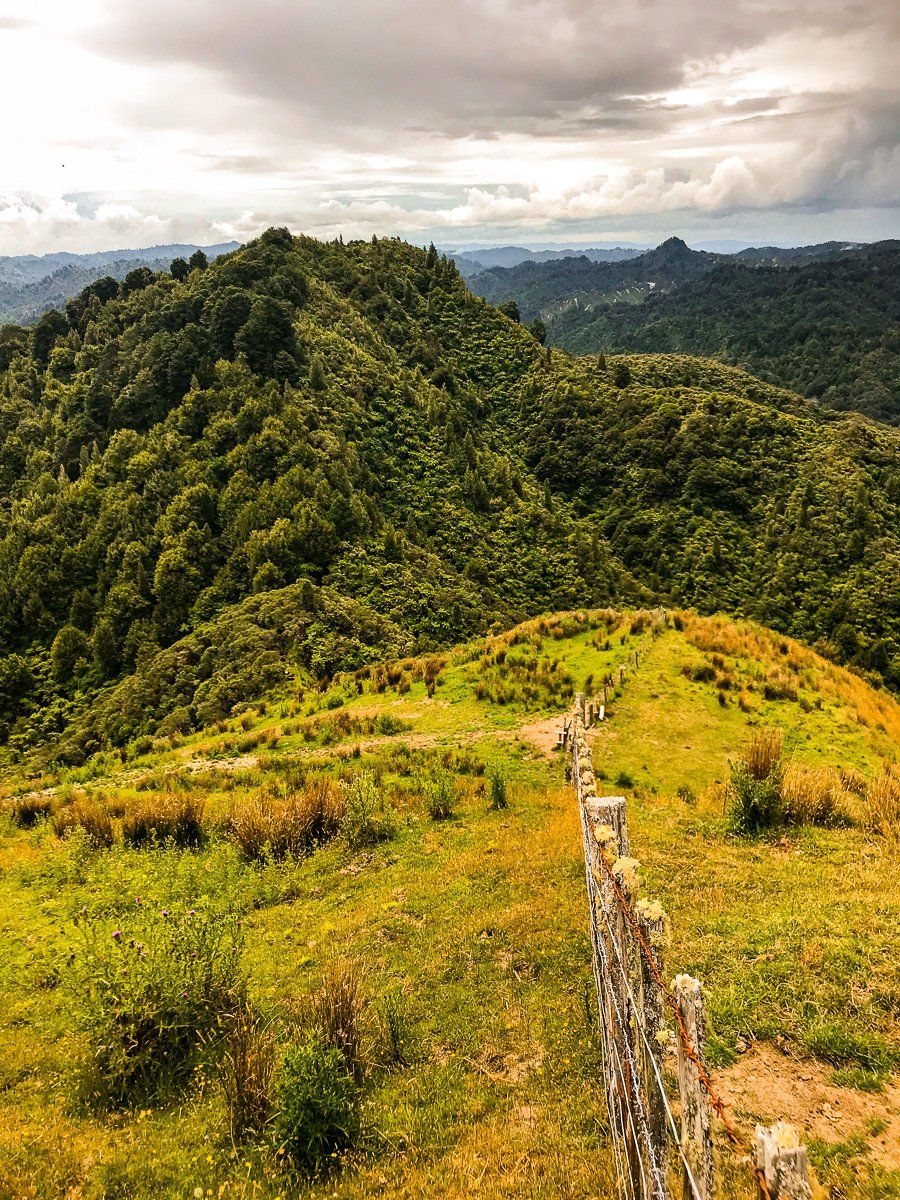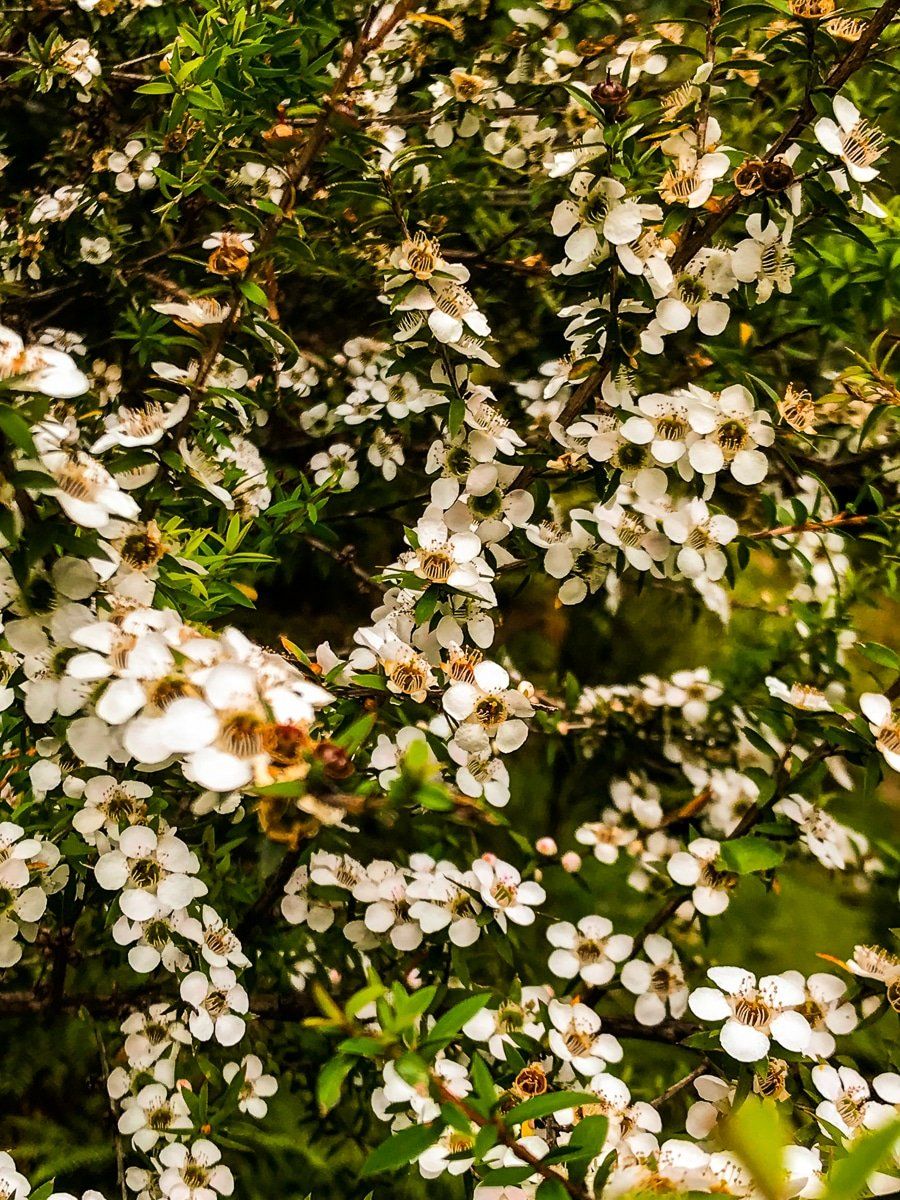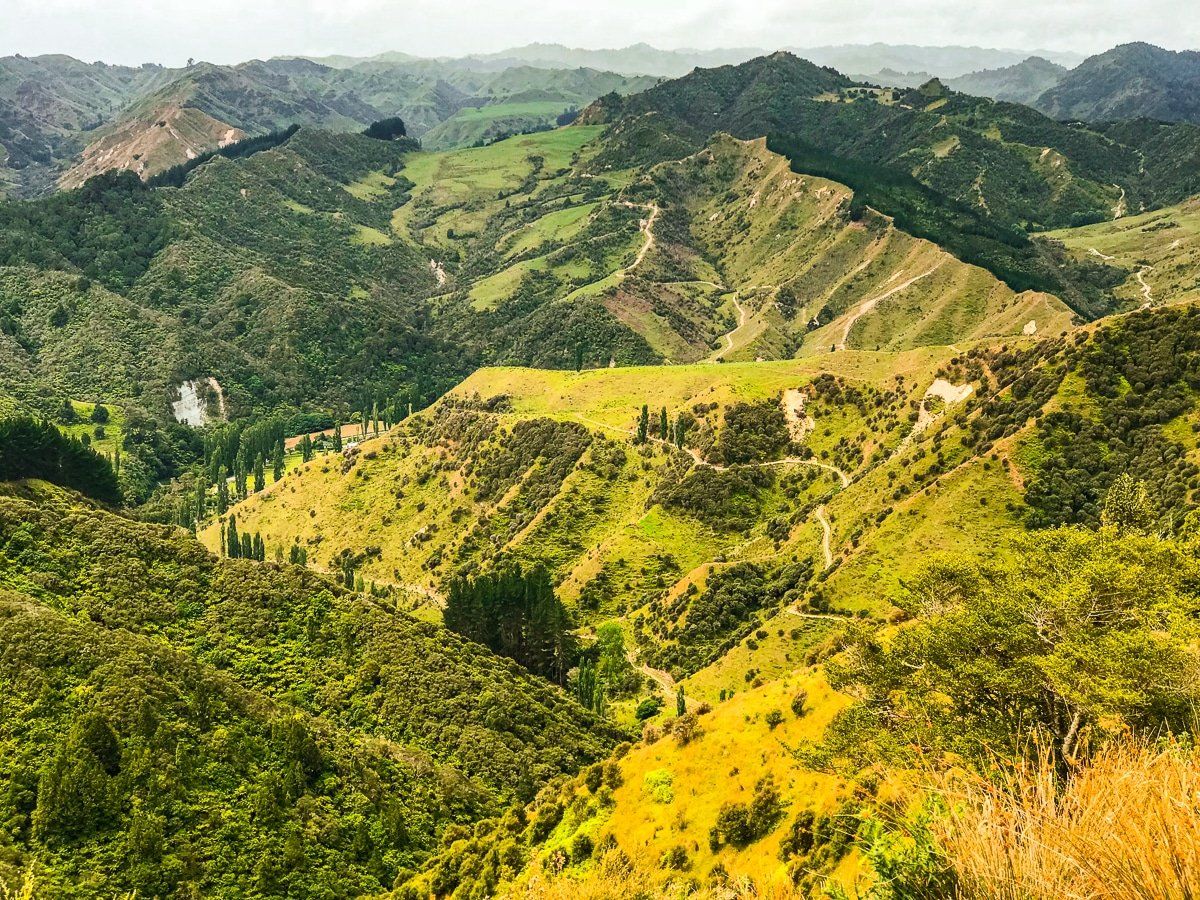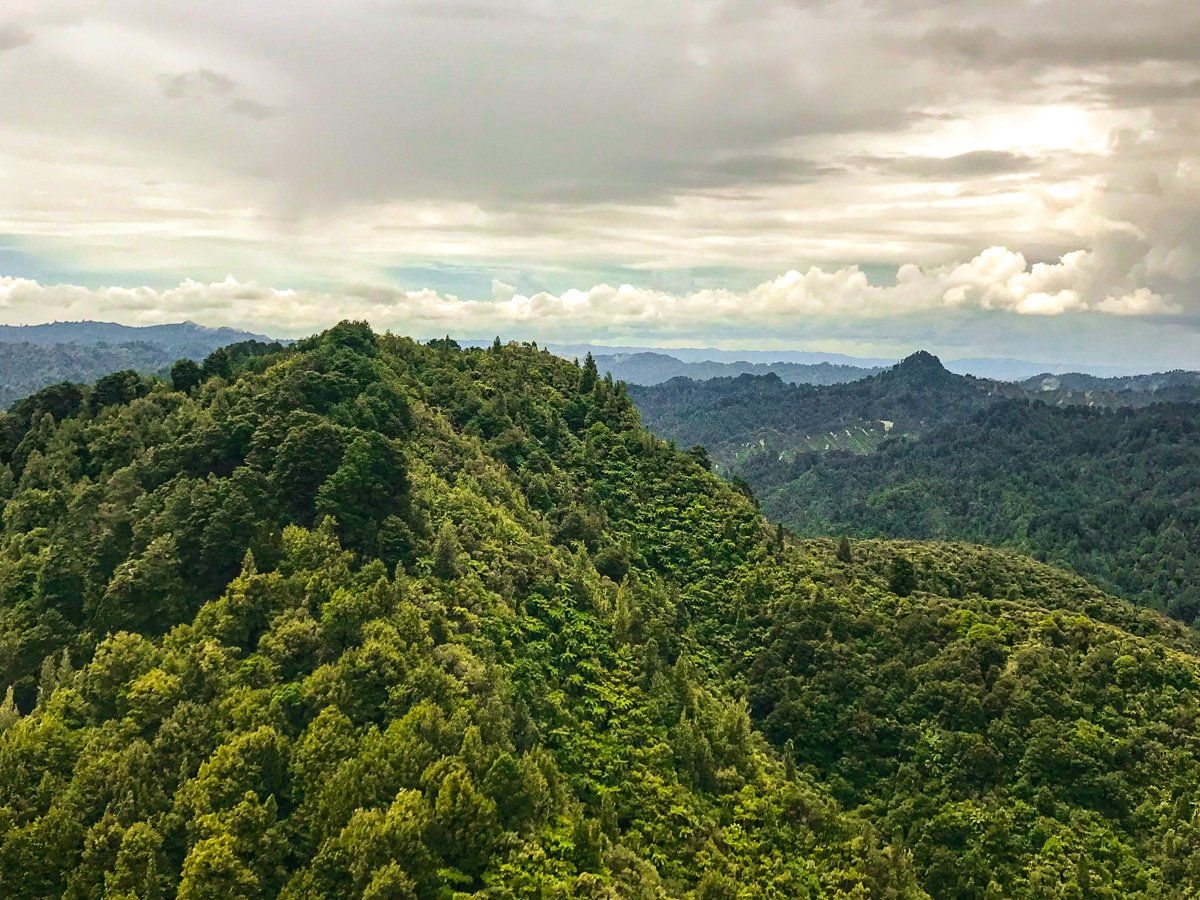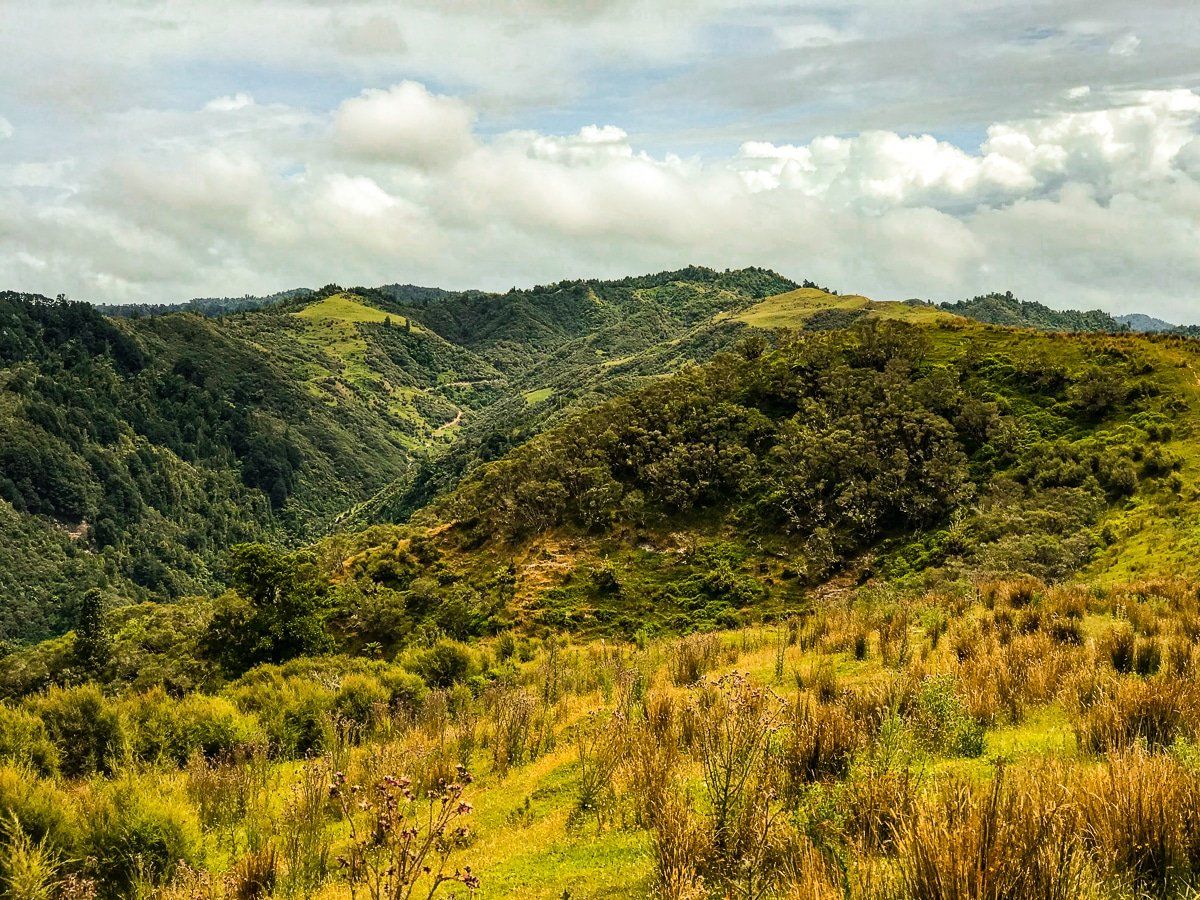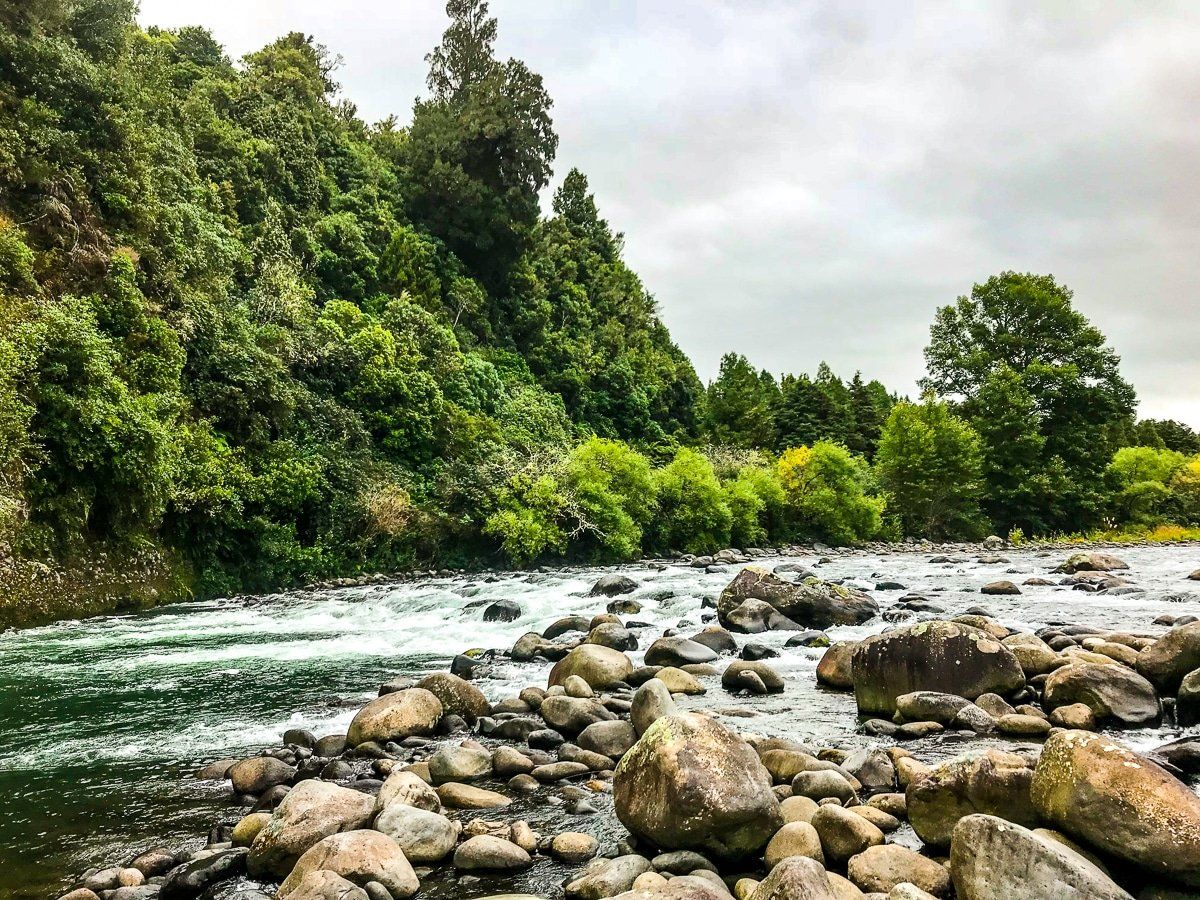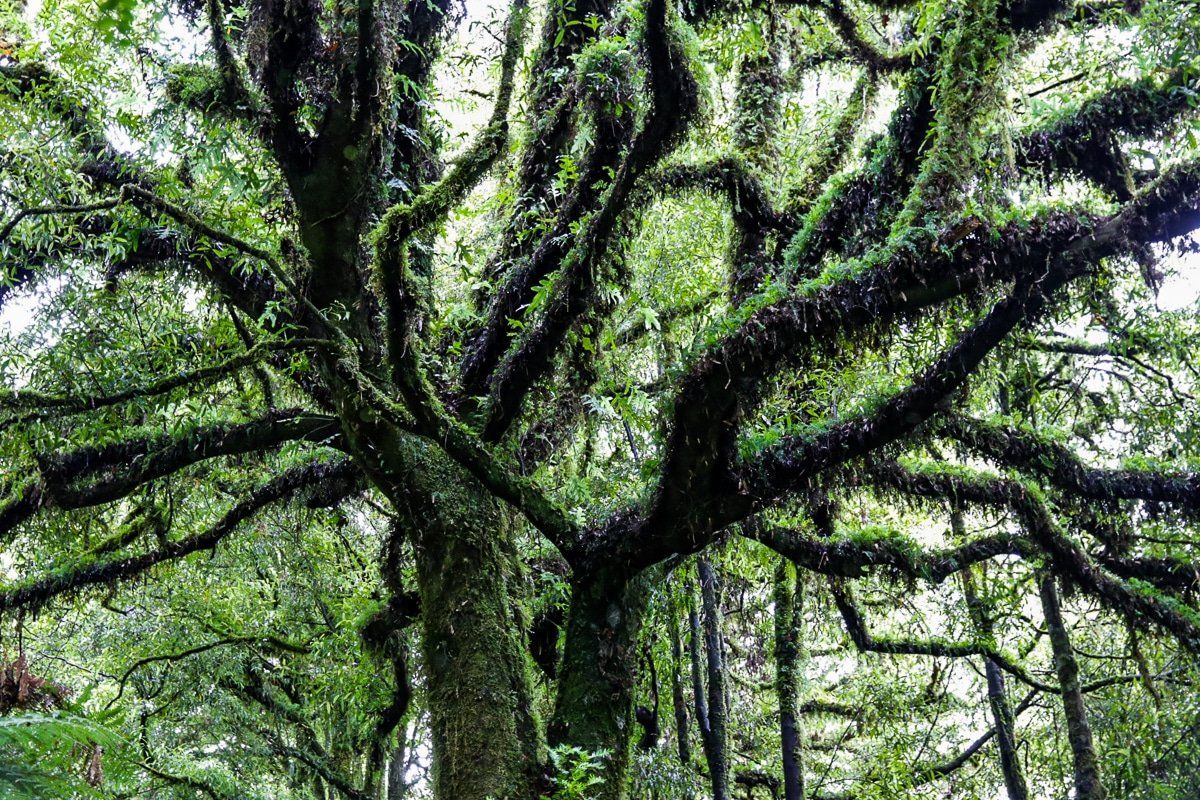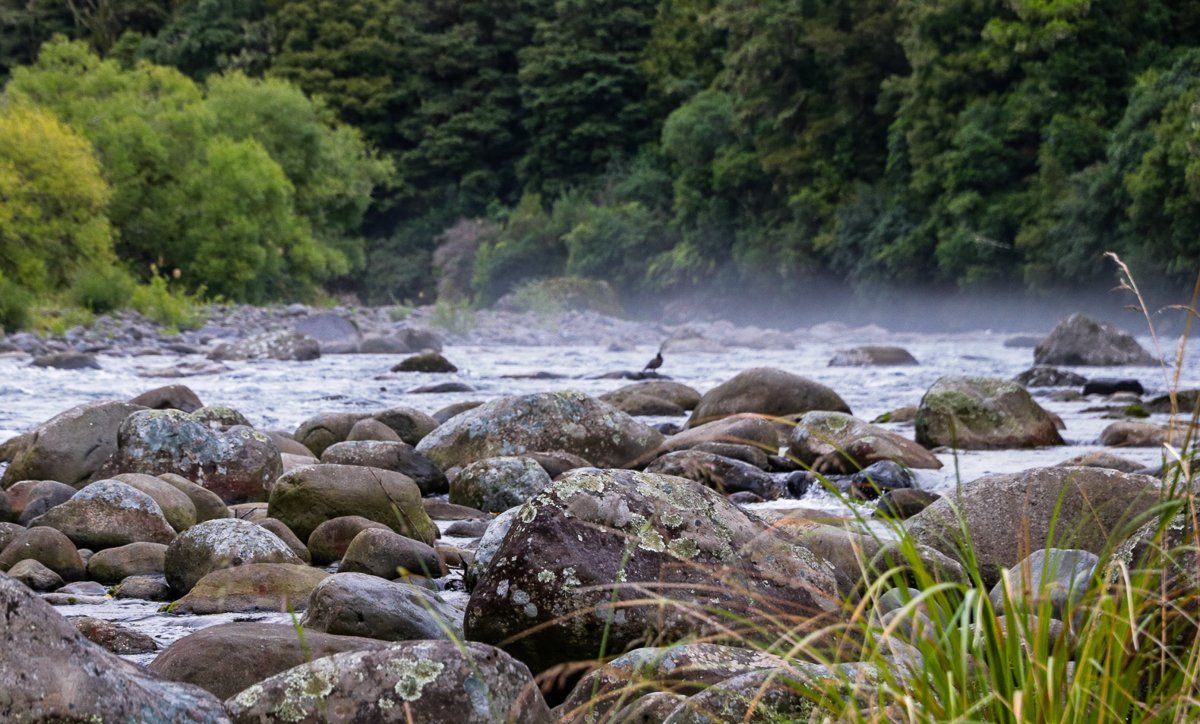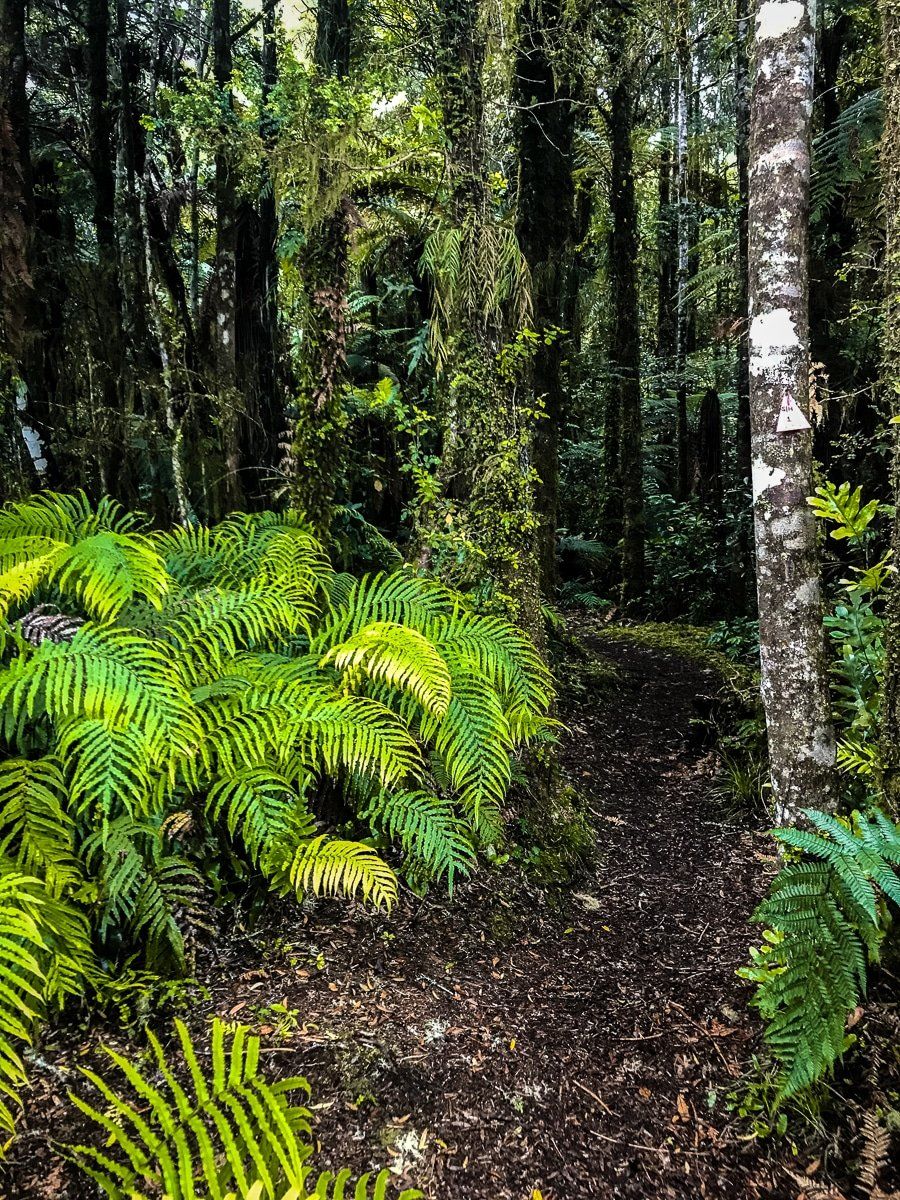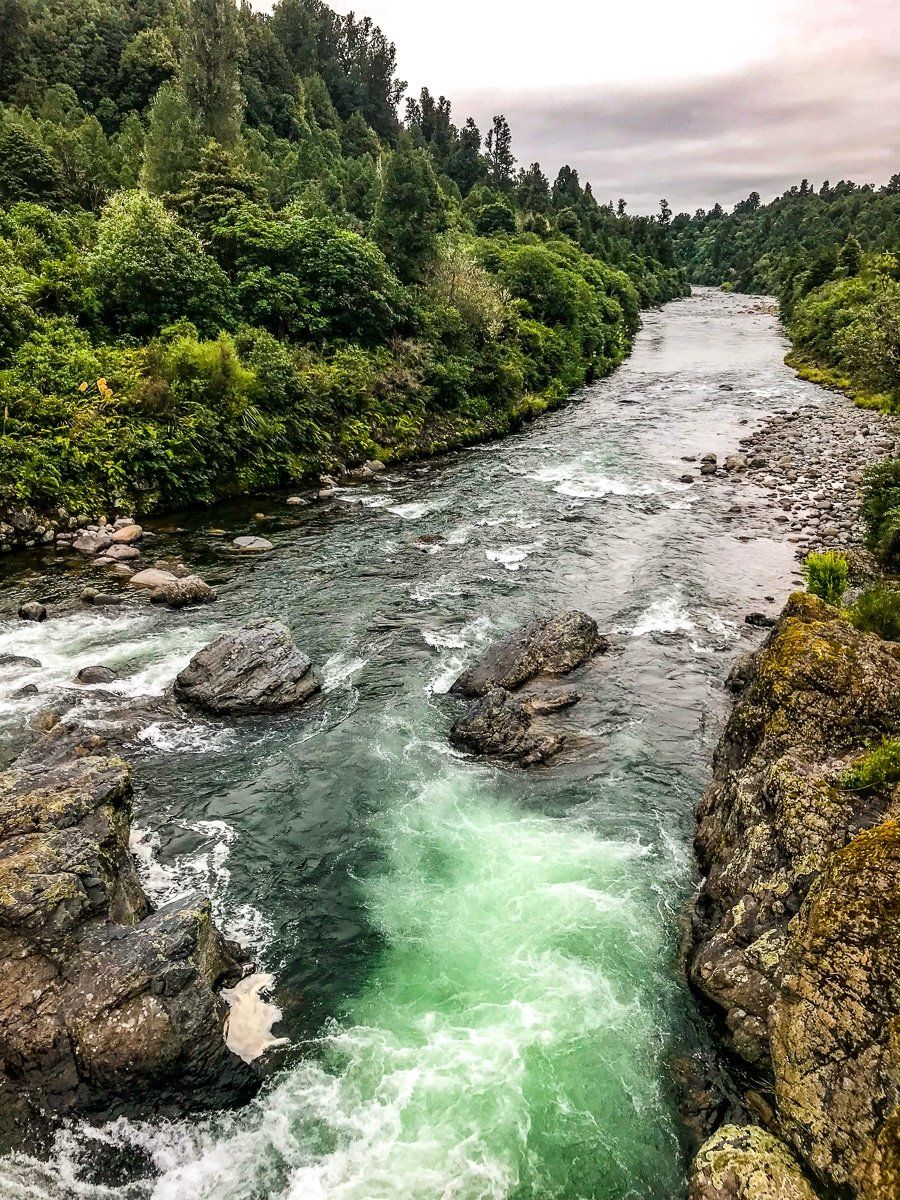If you are in the central North Island, take time out to visit Blue Duck Station at Whakahoro. This is about as remote a location as you can drive to in the North Island. To get there, take Oio Road off State Highway 4 just to the south of Owhango.
The first part of the road is sealed but the last section is metal with drops in places down to the Retaruke River. There is camping at Whakahoro where the Retaruke connects with the Whanganui River. Blue Duck Station also has a mix of private lodges plus a cafe.
The Station runs alongside the Whanganui River National Park, with a mix of farming and conservation activities. Take the time to talk to the owners. There are several hikes of interest on the station, plus access to the river. Rare blue ducks (retaruke) can be found in several places around the area.
On your return, make sure you drive down to the Owhango Lagoon Walk on the Whakapapa River.
Oio Road
Oio Rd is access to a reminder of the limits of colonisation and the cut-it-down to develop farms thinking that drove European settlement of NZ. About halfway along the road is a curious stopping place, with a monument to those from the area who died in the world wars, an unusual see through horse statue and history board. But the ruined house nearby probably sums it up – it was pretty tough.
As you drive in further, you get a sense of how changeable the landscape can be, with the now metal road obviously affected by storms and erosion. There are spectacular views of the river below. But don’t worry, it is safe to drive. This section of the road is also part of the Mountains to Sea cycle trail, so keep an eye out.
Whakahoro
Literally the end of the road. Check out the cafe and campgrounds. The owners of the station have a sense of humour and the dilapidated old trucks are a feature. The campground is also a waystation on the multi-day Whanganui River trip (technically a great walk but actually on a raft or canoe).
You can walk down to the Retaruke River – we saw blue ducks where the boats are dragged up. There is a bridge that takes you to a small jetty where the Whanganui and Retaruke meet. A good place for a swim as well.
Kaiwhakauka
After WW1, a number of soldiers’ families were sponsored by the government to continue on up the Kaiwhakauka Valley to establish yet more farms. This venture failed miserably and by the 1930s everyone had left. Now it’s largely regenerating forest.
You can walk up the old road for an hour or so to connect with the Mako Mako Track which climbs high up into the station, or continue on to connect with Te Araroa, then all the way to Mangaparua Landing (more than a day with several campsite options). To continue on requires a prearranged boar pick up. Close to the turn off to the Mako Mako is a restored “house” of the kind that was built for early settlers. Thankfully, times have changed.
The Kaiwhakauka to Mangaparua Landing is also part of the Mountains to Sea cycle trail.
The waterfall
Also near the start of the Mako Mako is a waterfall. It’s easy to miss and has no name, so check how to find it at the station first. In addition, canoes are kept at the base which you can borrow for a short trip through a stunning canyon. The photos barely do it justice. We think this whole trip is worth doing just for this experience.
Mako Mako Trail
The Mako takes 2 to 3 hours and climbs high above Whakahoro. You get a great sense of the progress of the regenerating forest, protected by the station owners, and can look a long way up the Kaiwhakauka Valley. Keep in mind that the climb is quite steep!
Ohinetonga Lagoon
On your way out, drive through the hamlet of Owhango and down to the reserve beside the Whakapapa River (another good place to see blue ducks).
You can walk along the river a bit, and there’s a short loop track that goes through the forest and a bridge that gives you access to a series of remote hiking and mountain bike tracks, including the 42 Traverse Track.
Looking for more North Island trip ideas?
Check out our recent posts about Waitakere walking tracks, Manawatu Gorge, the Wairarapa, and the Kapiti Coast.
